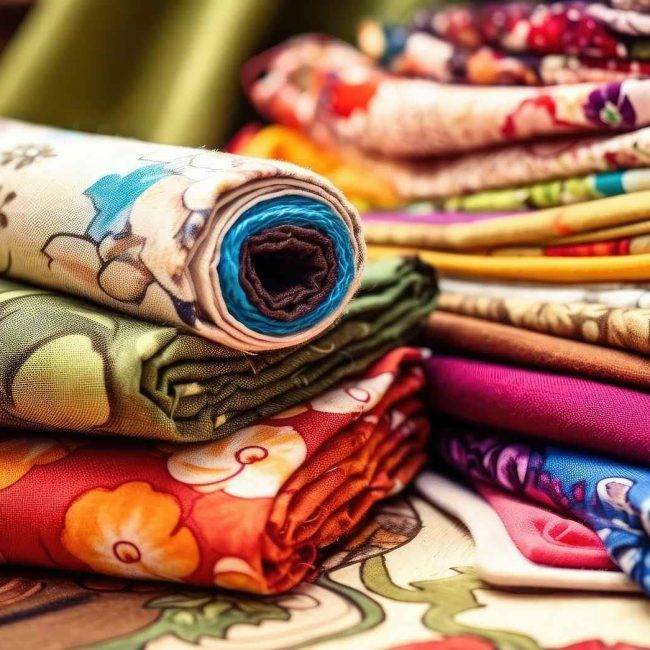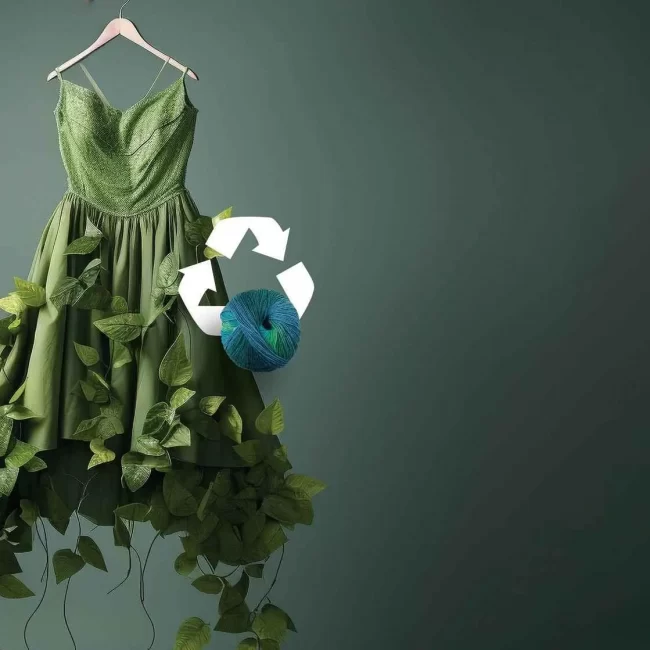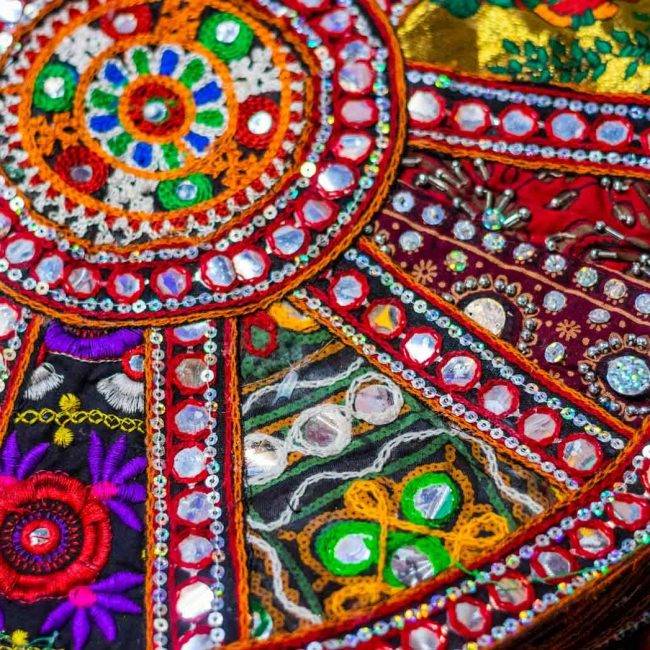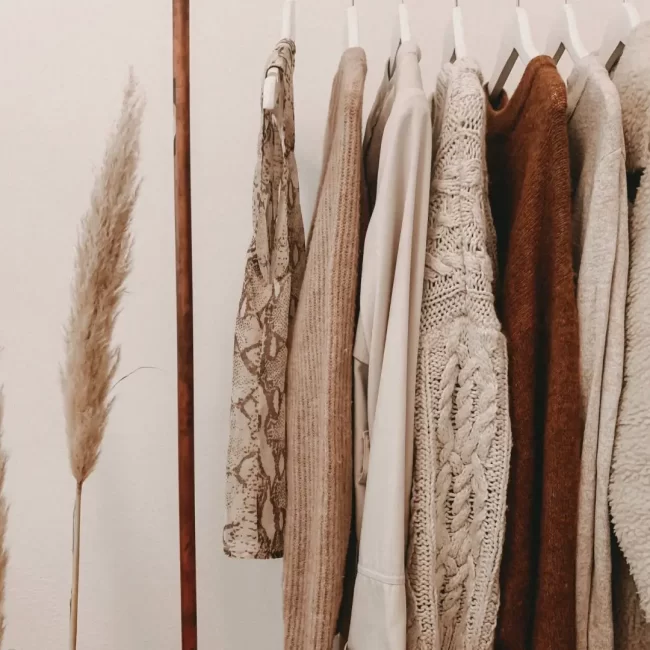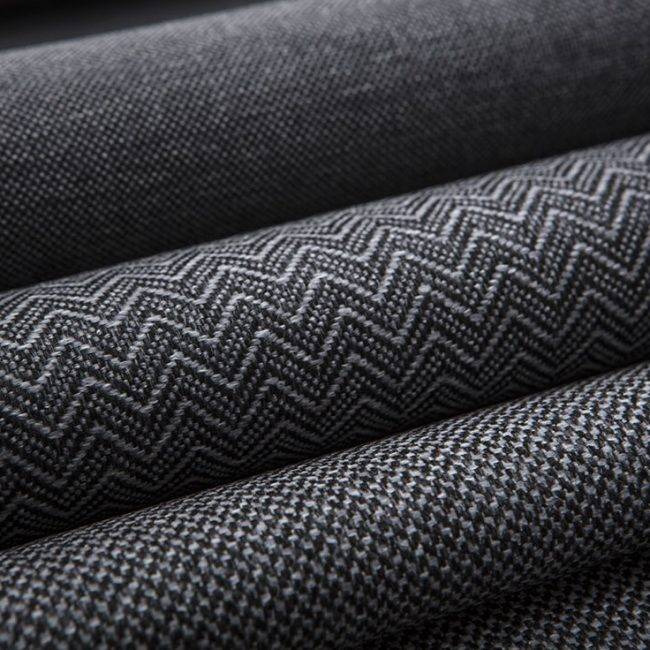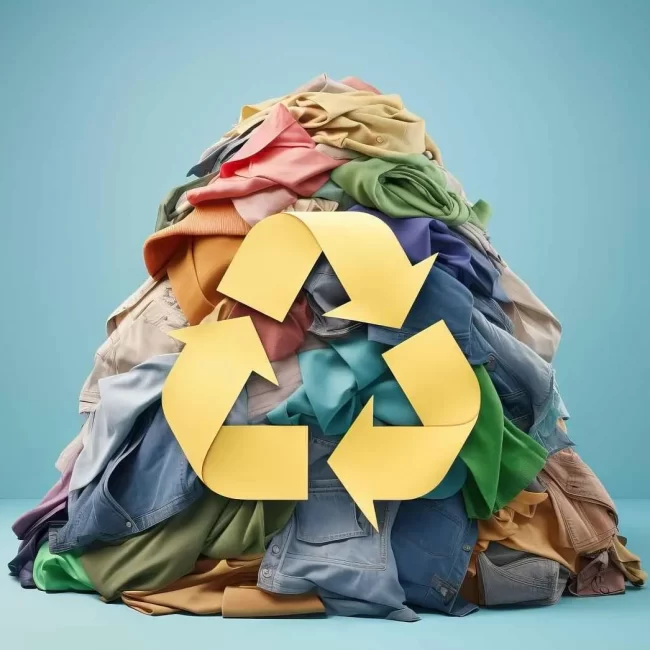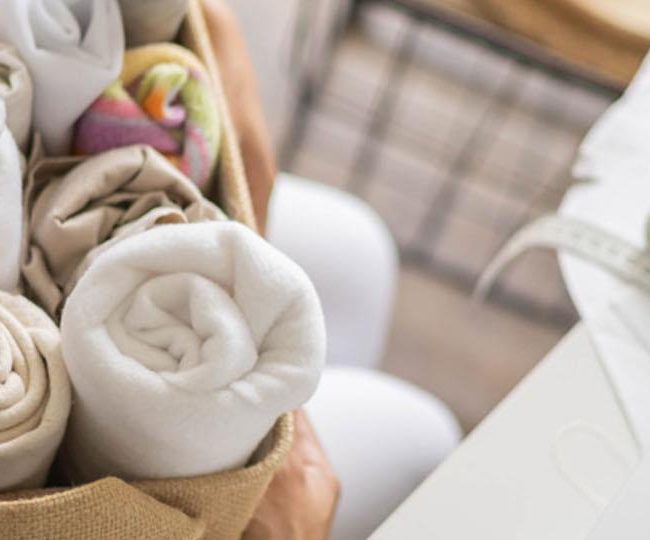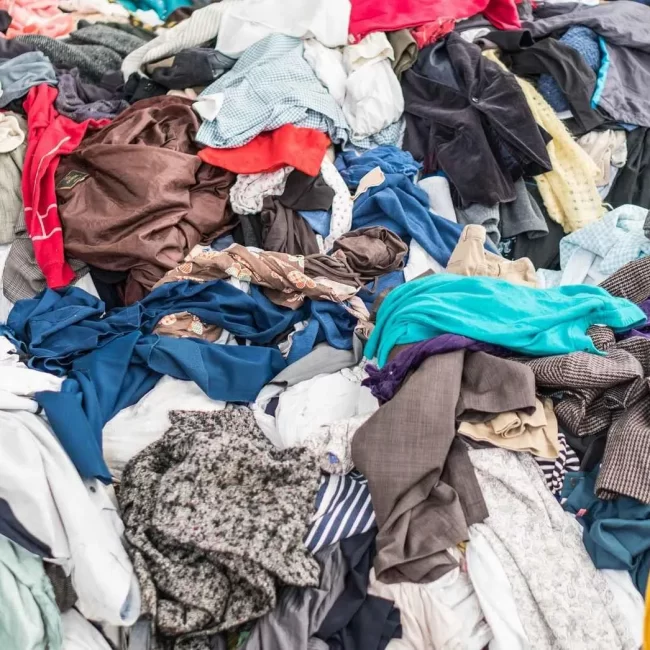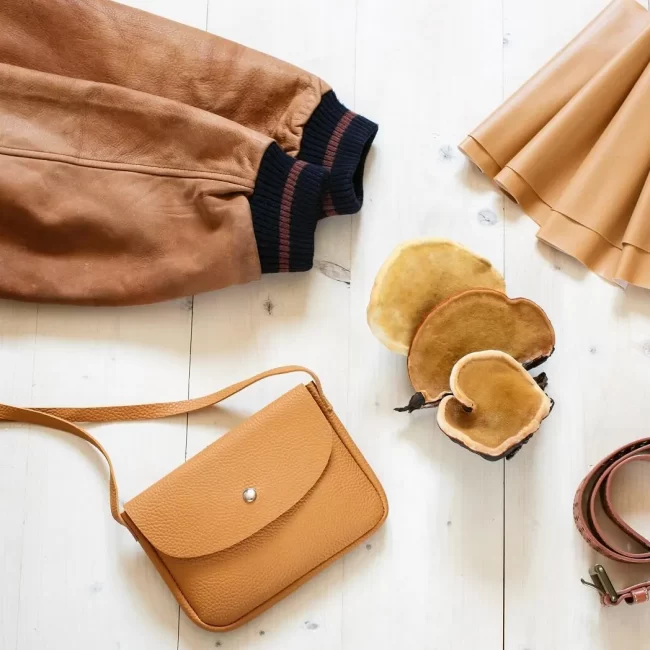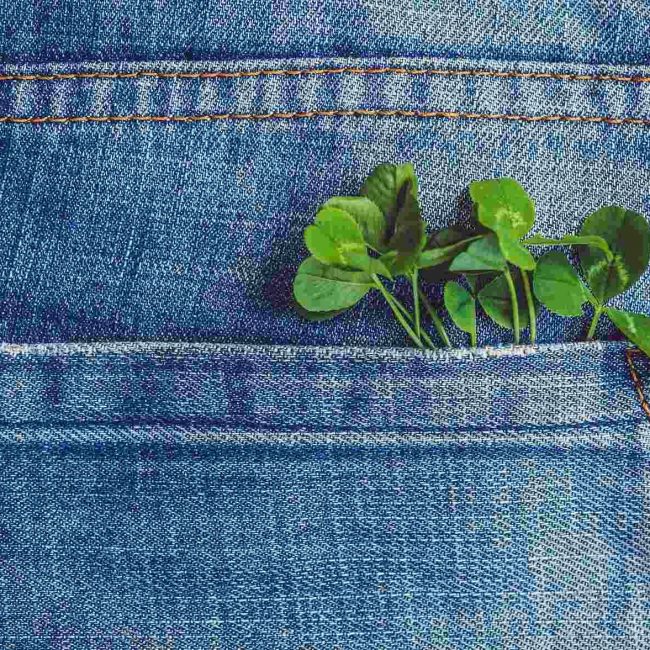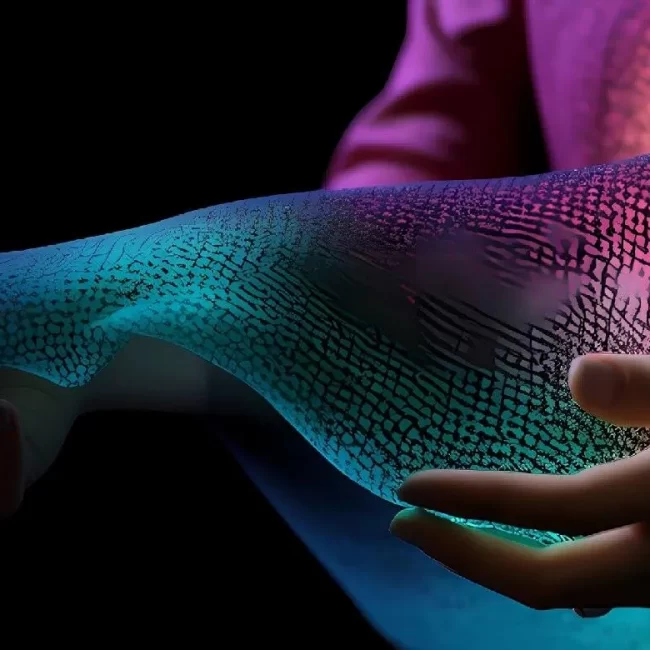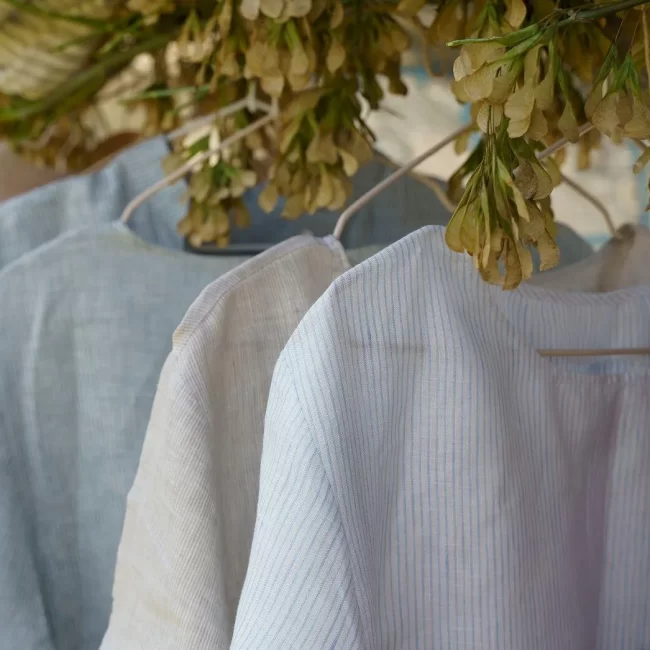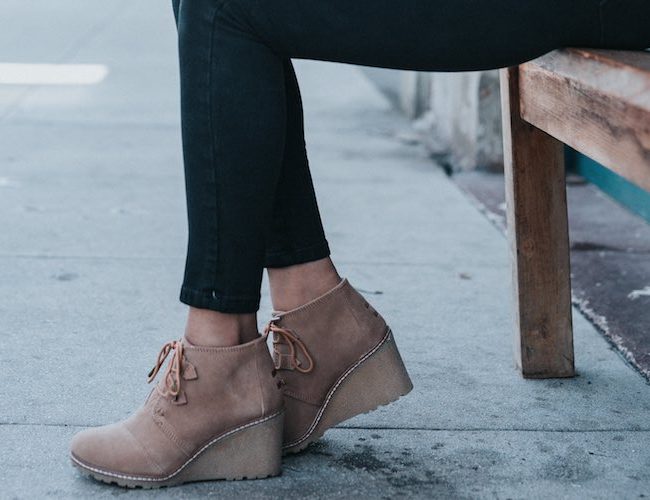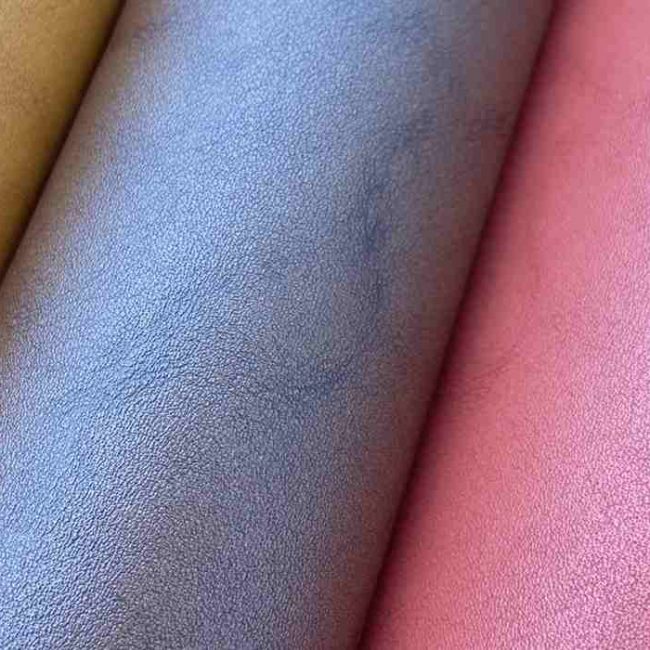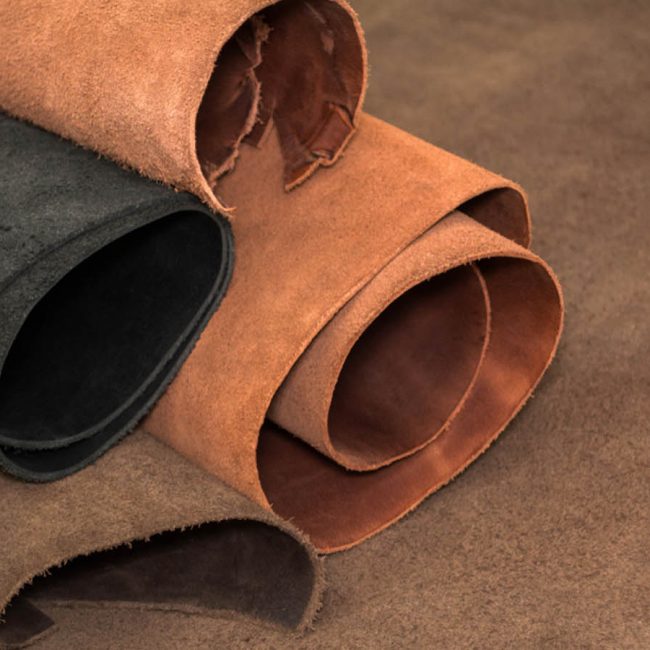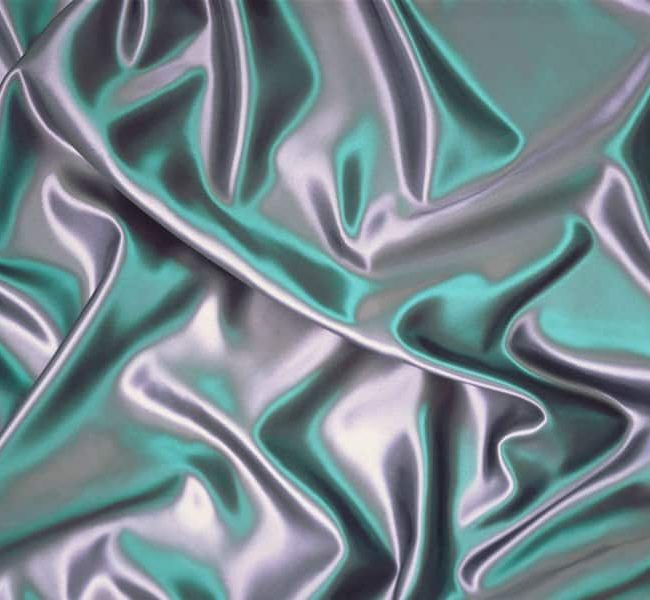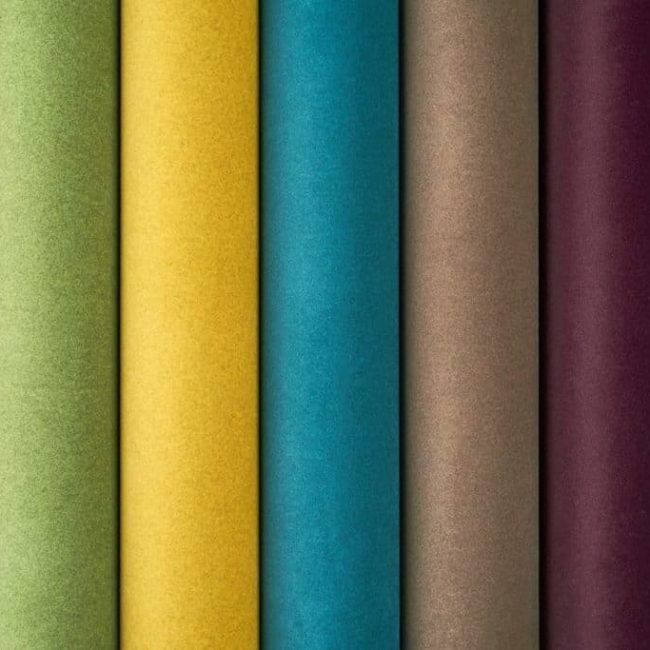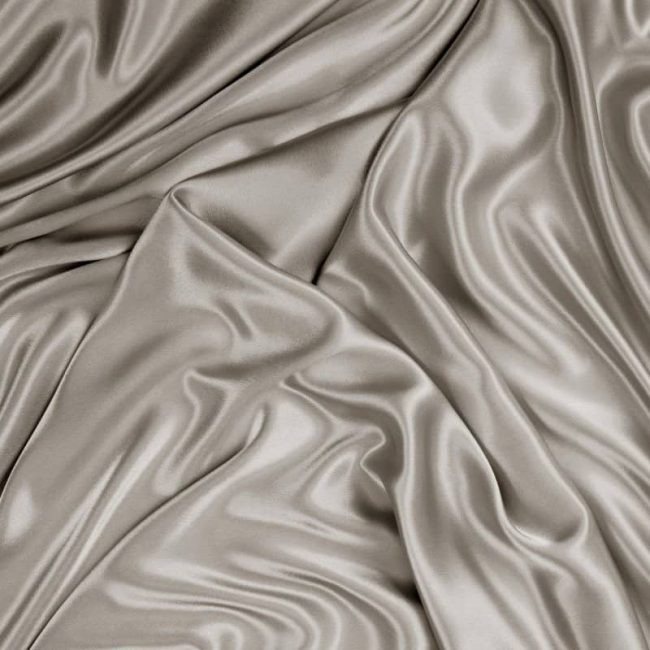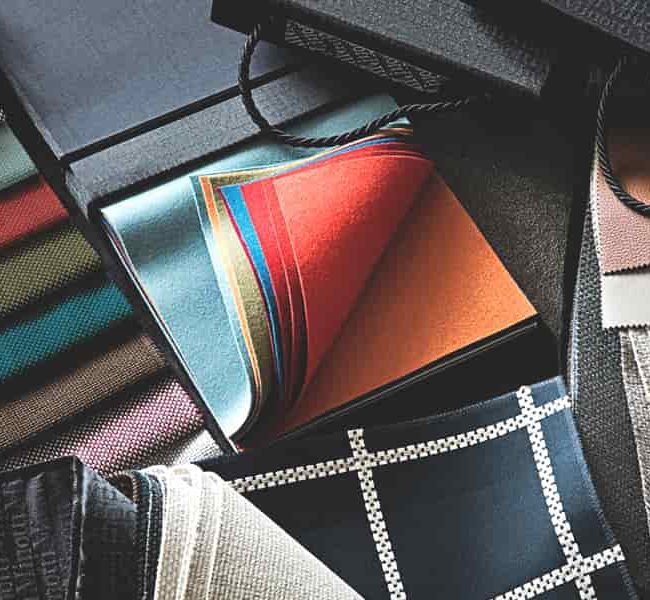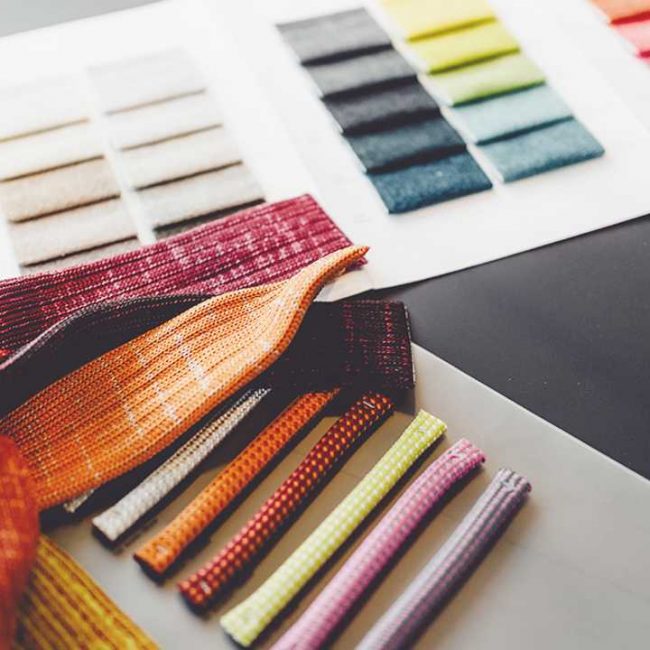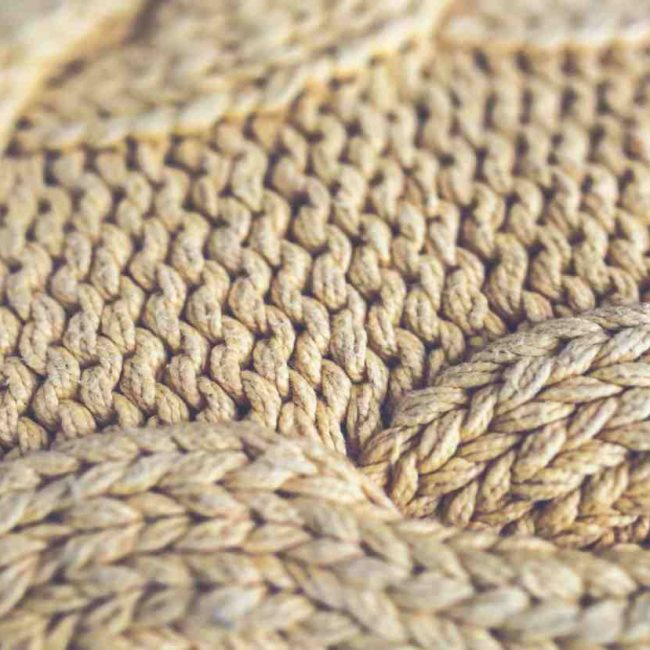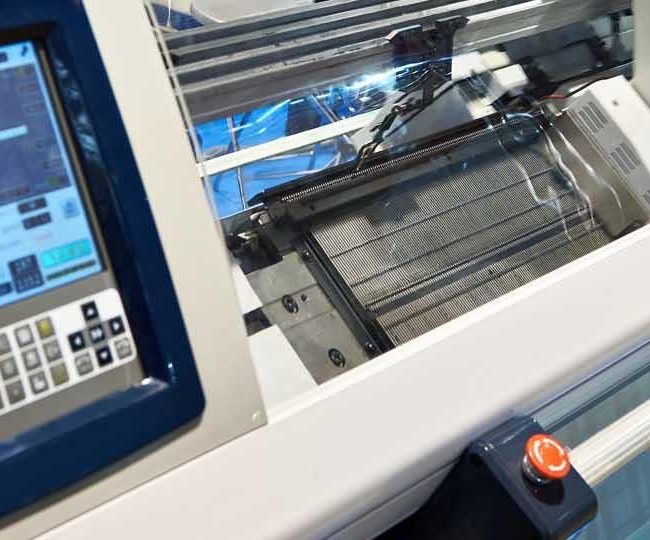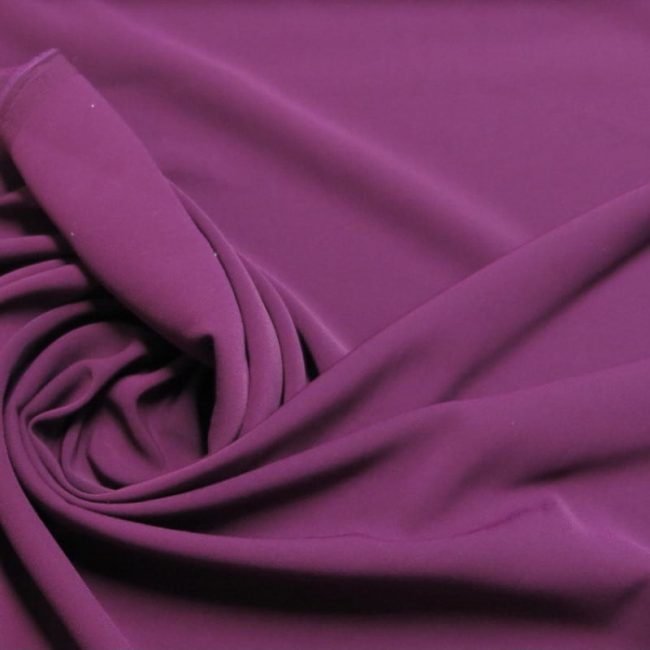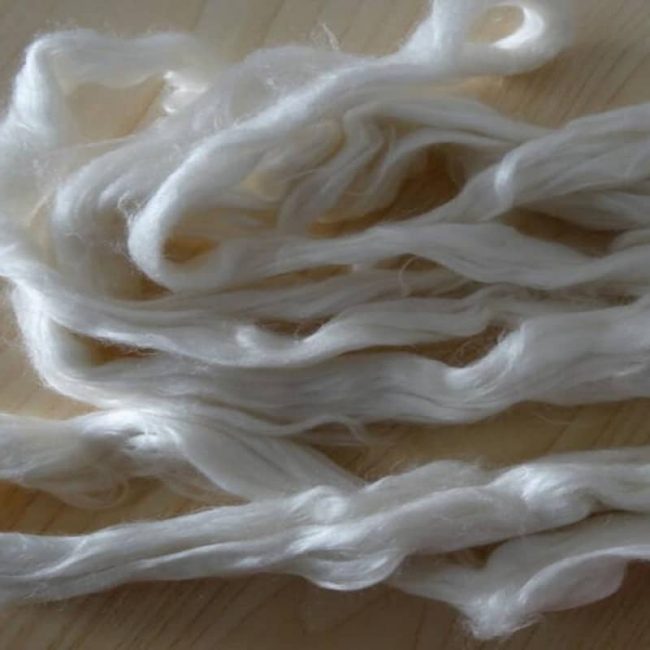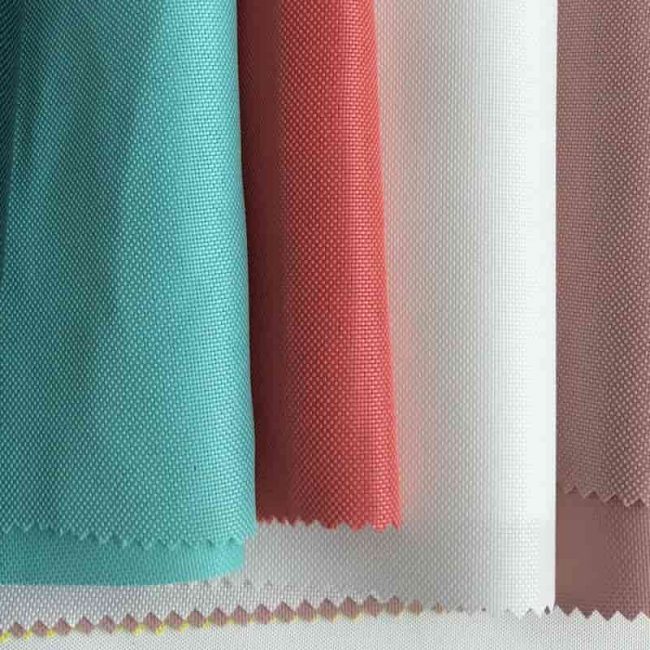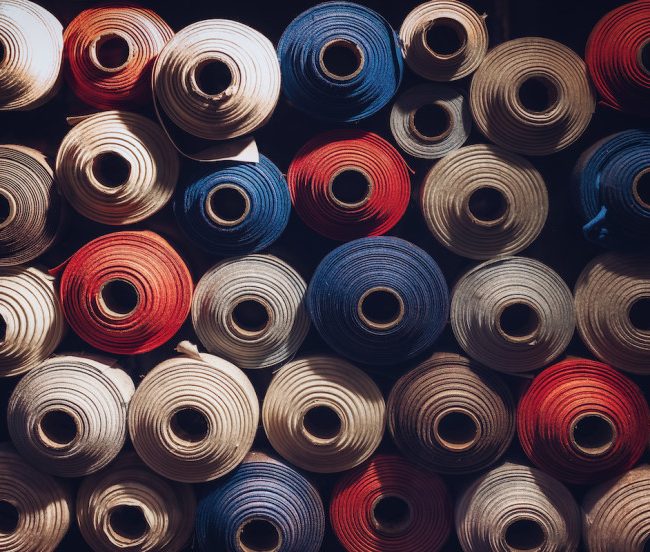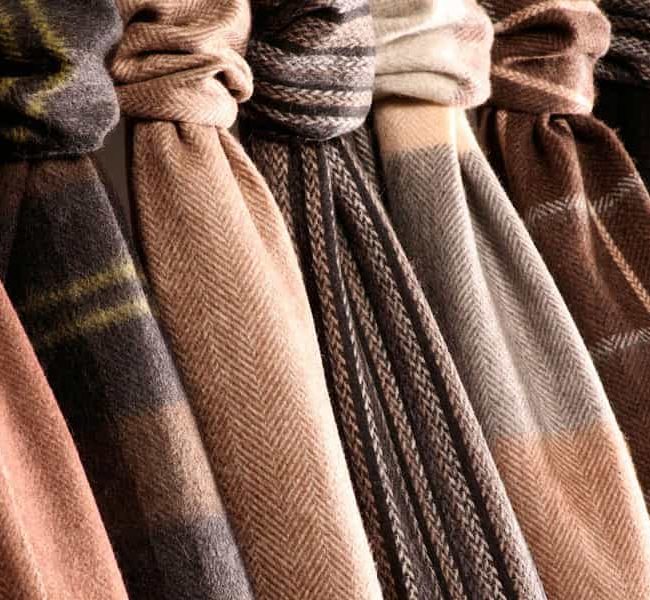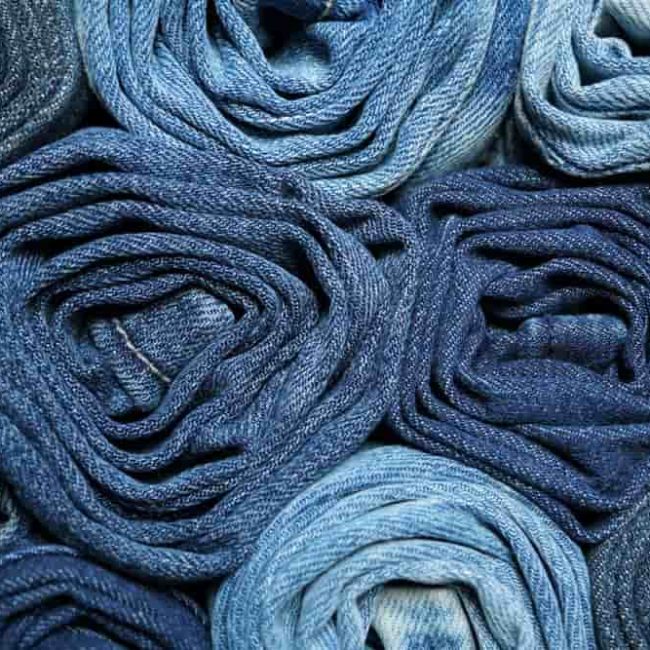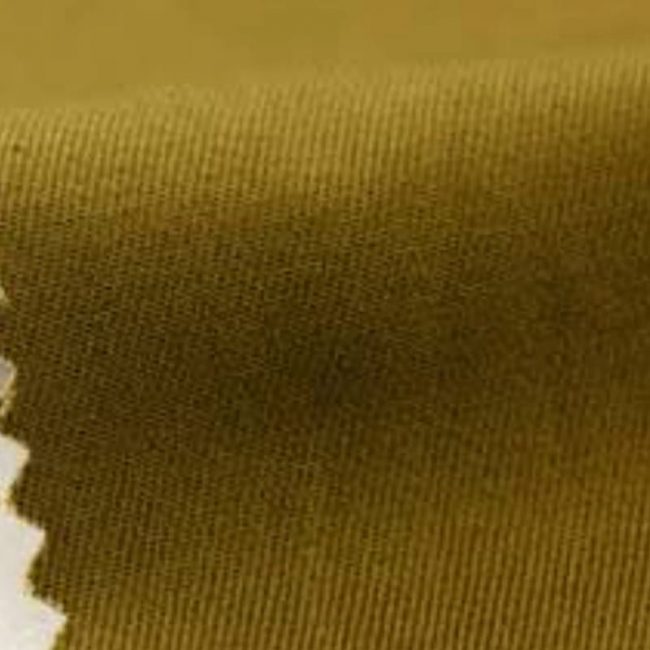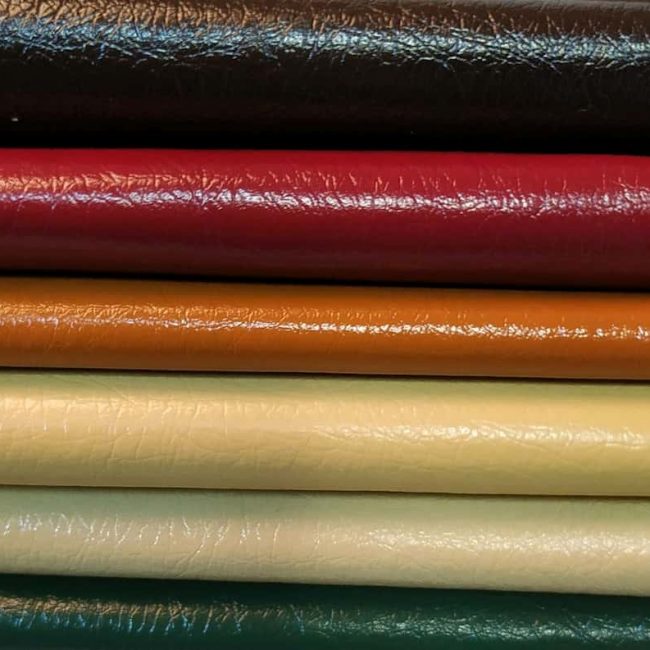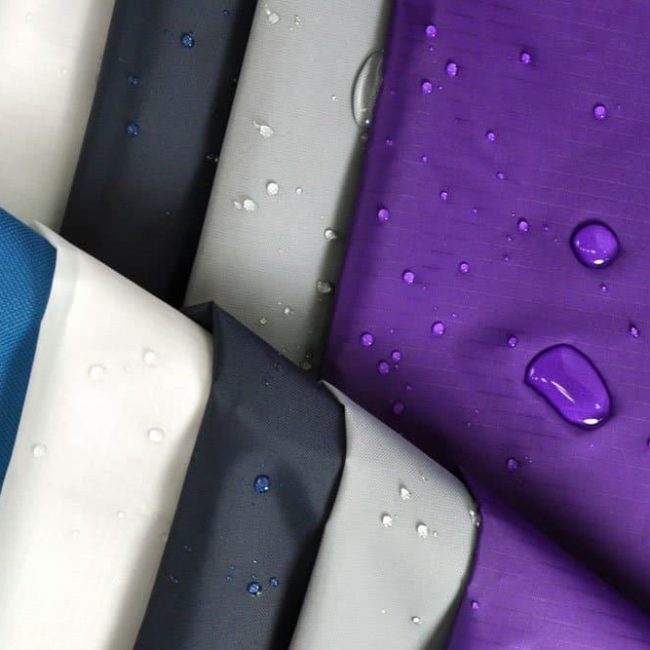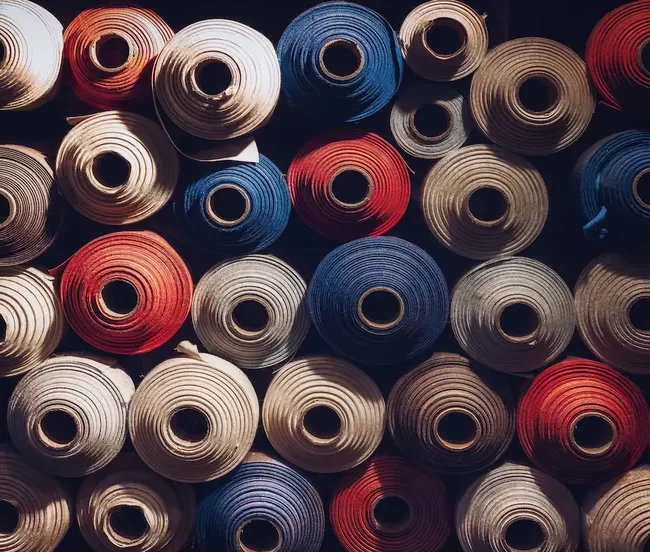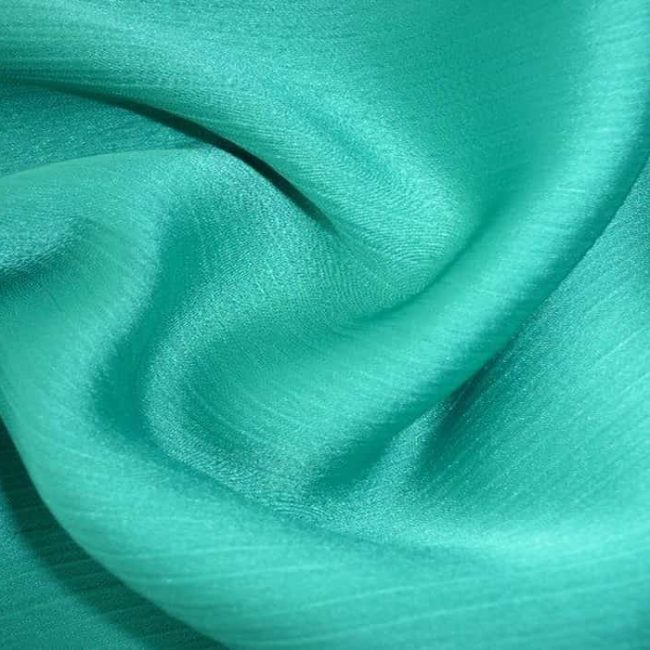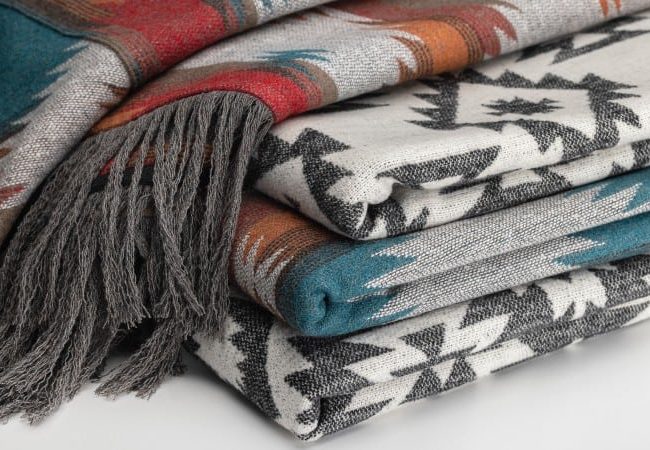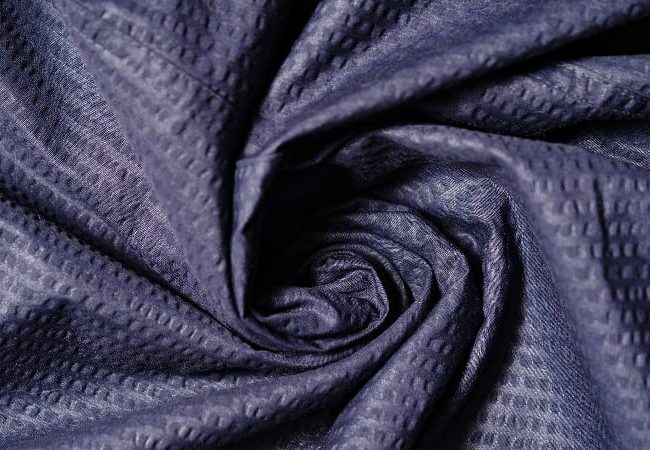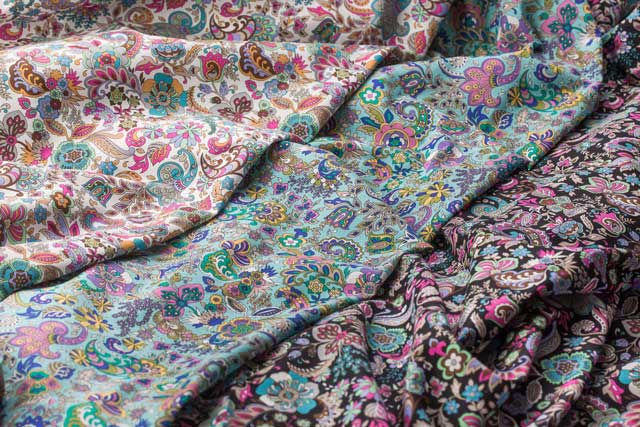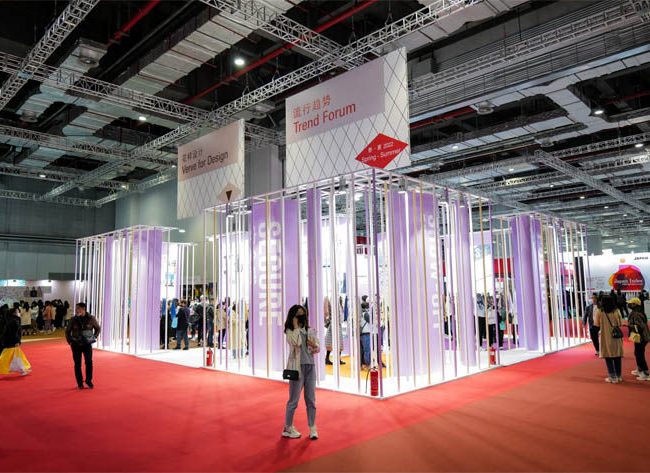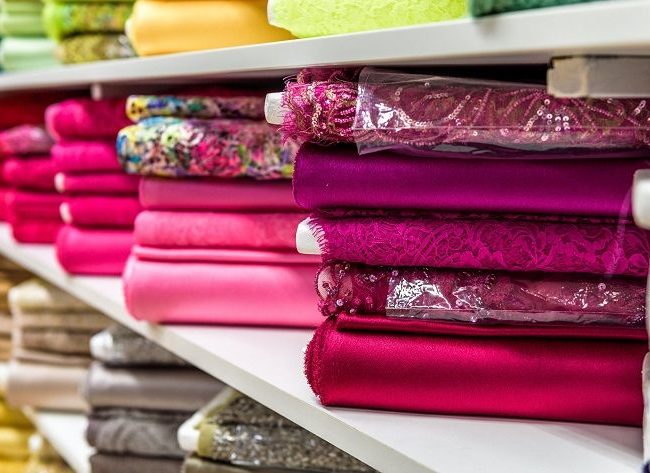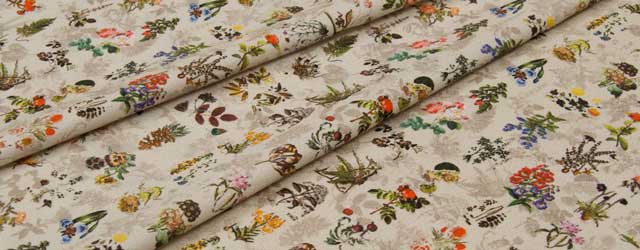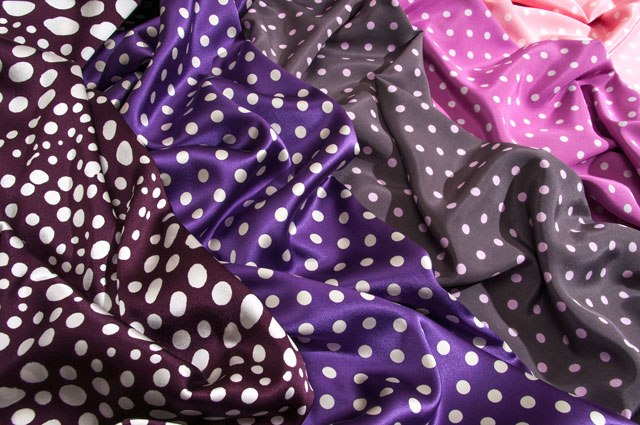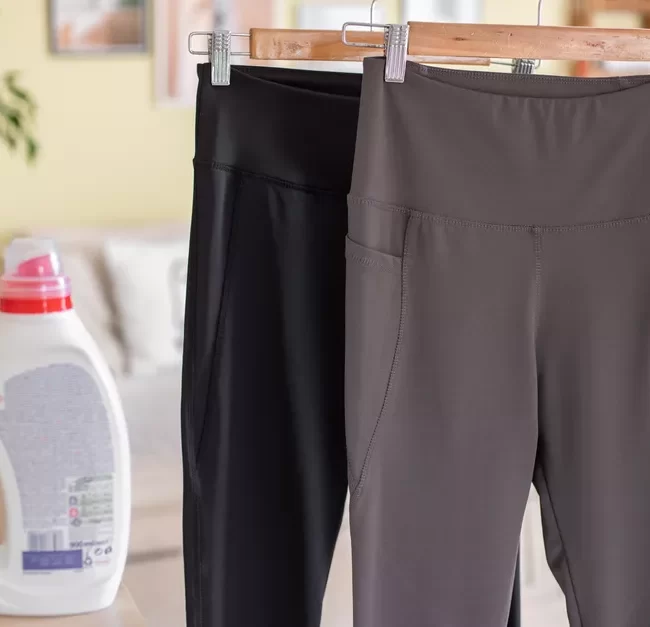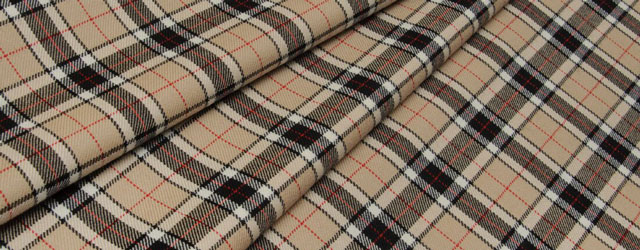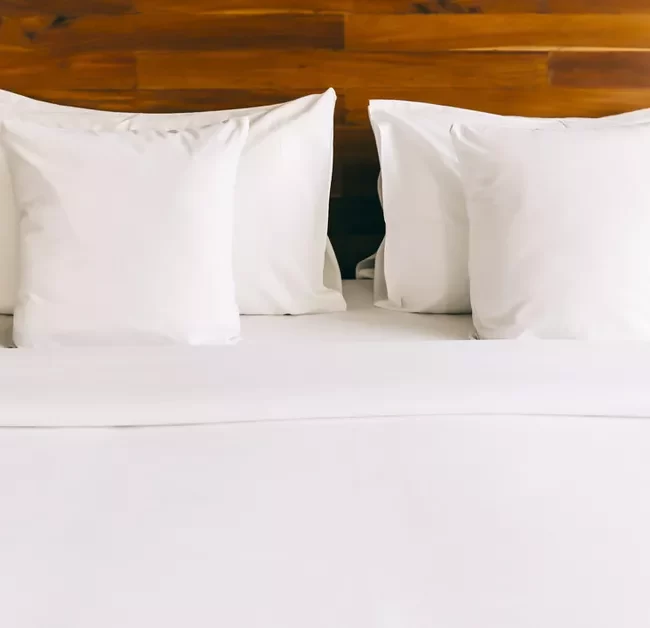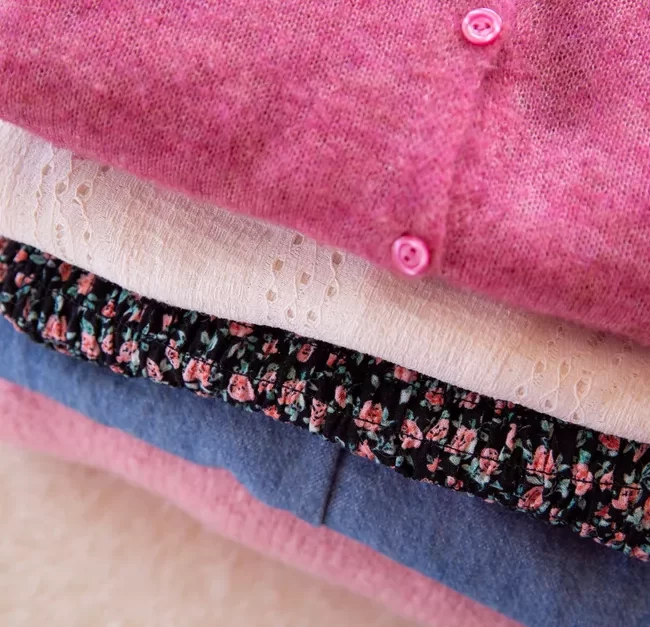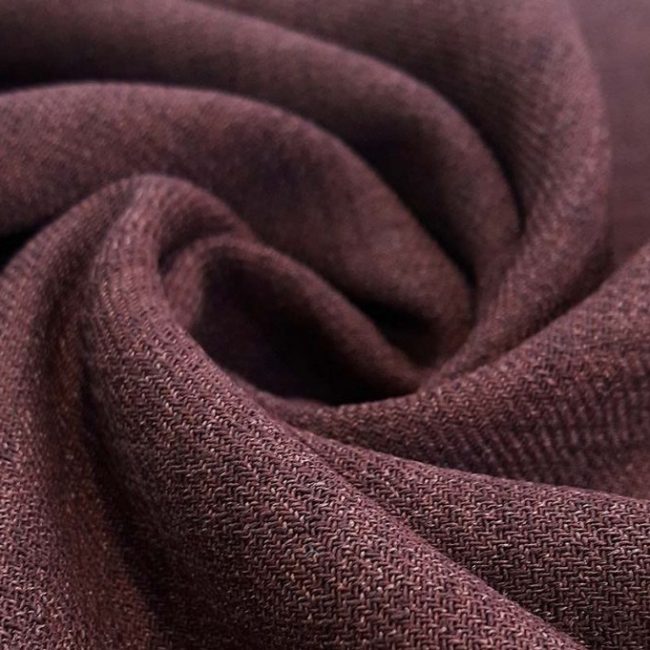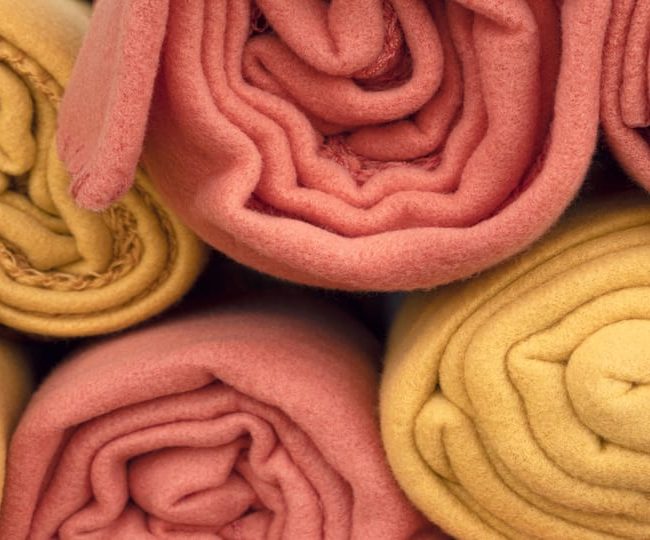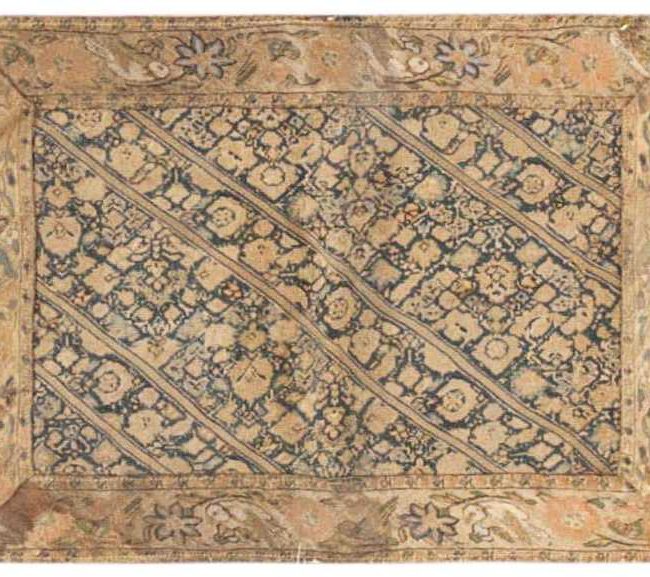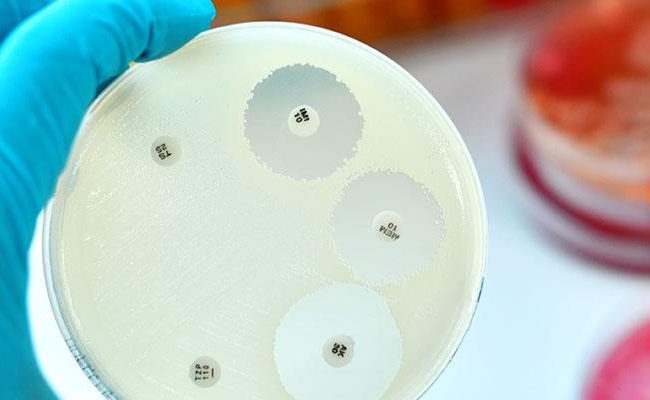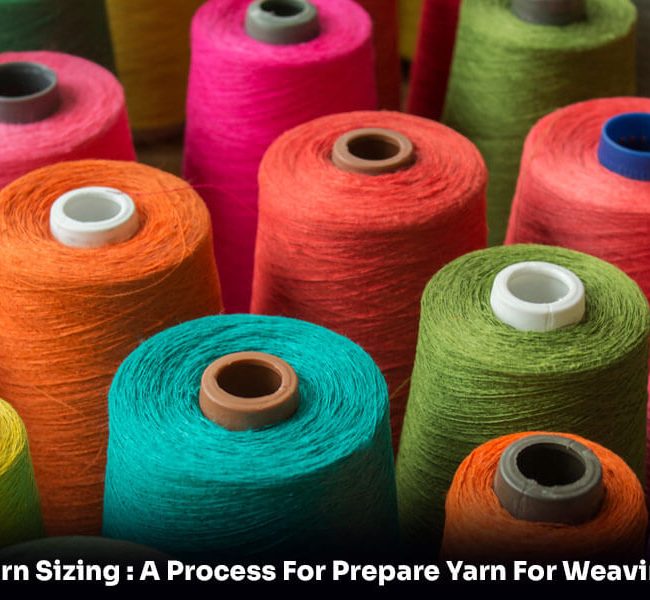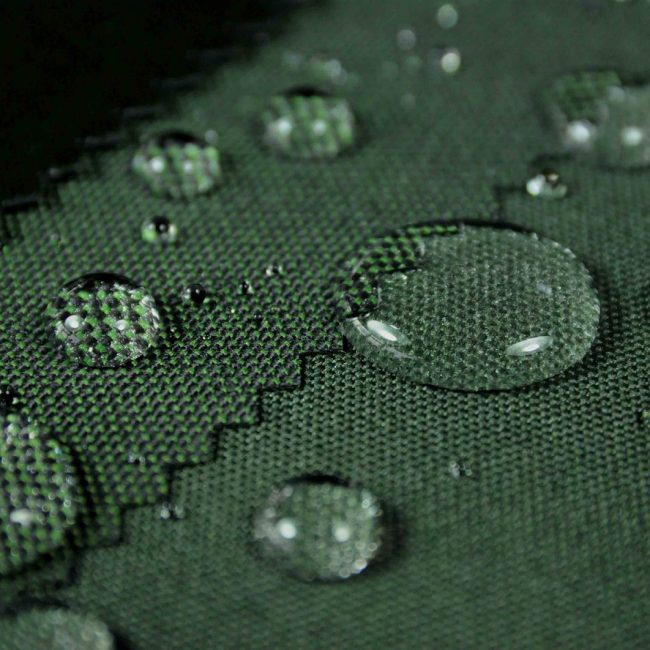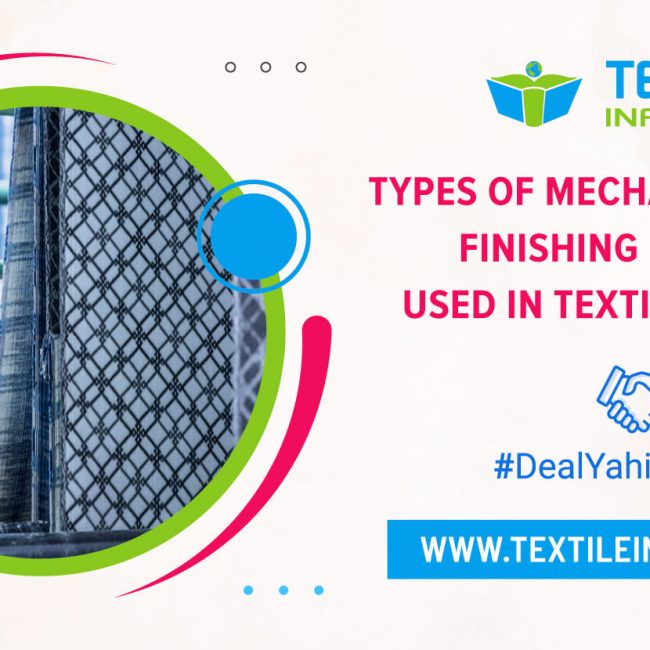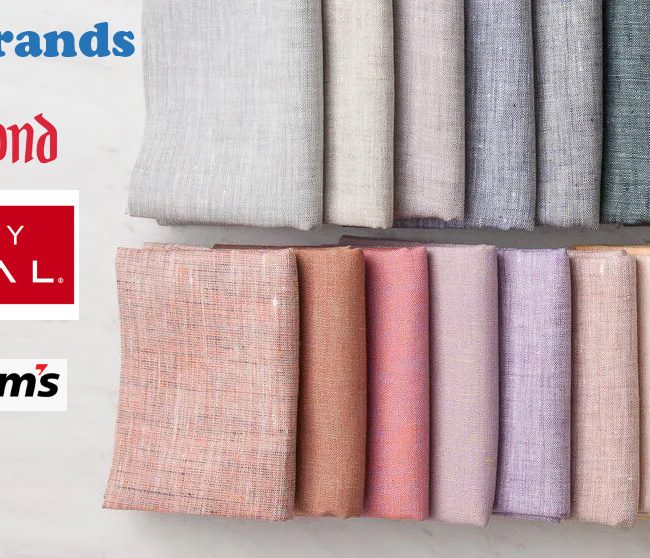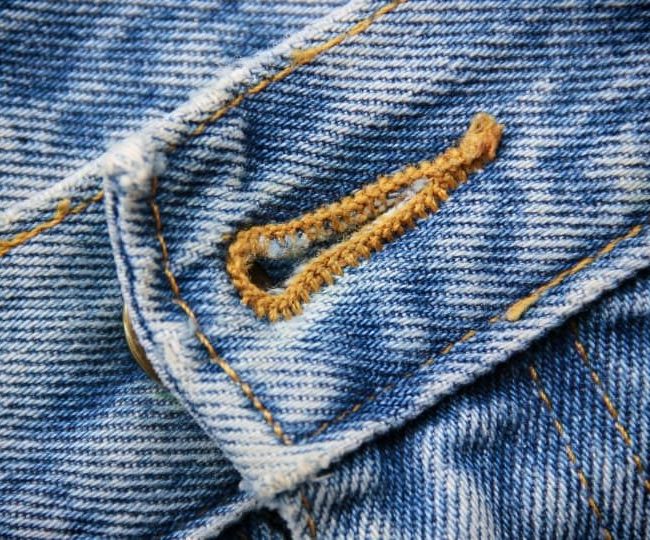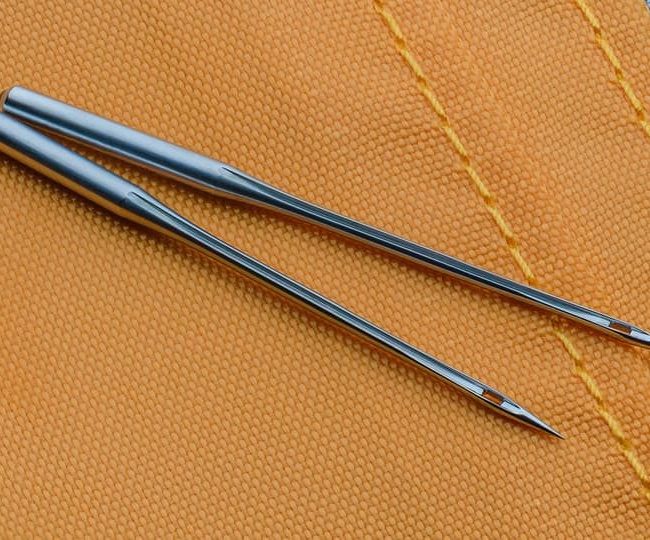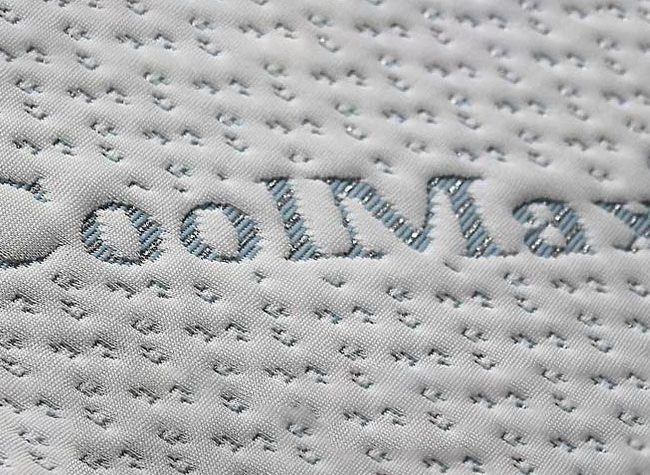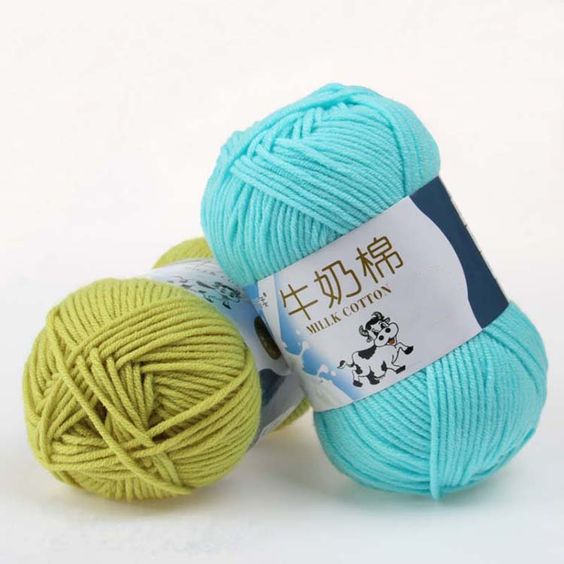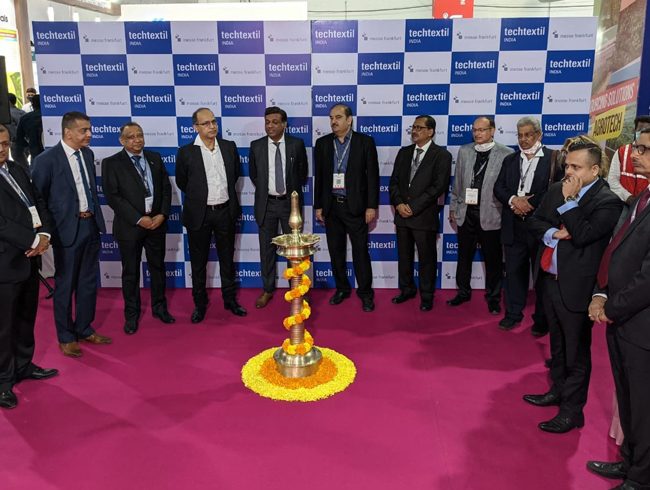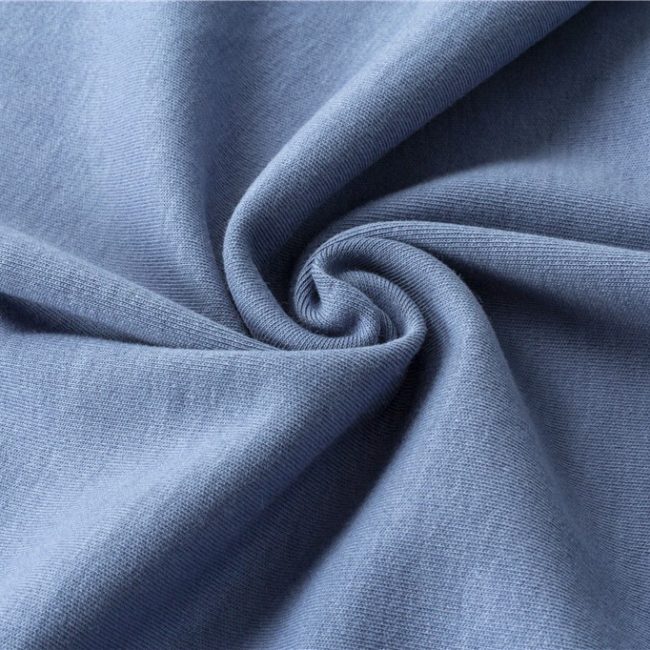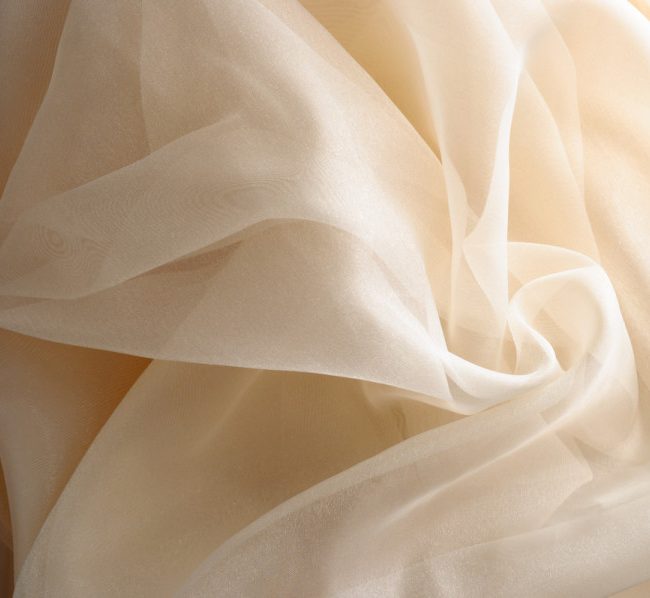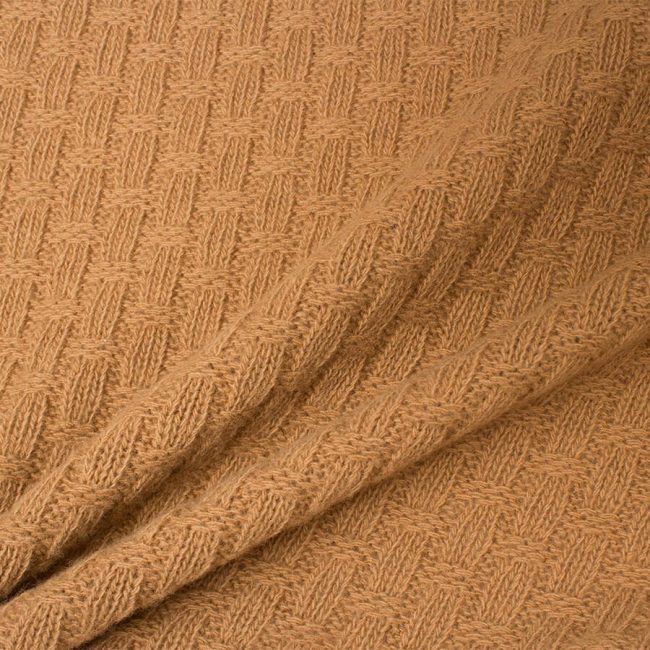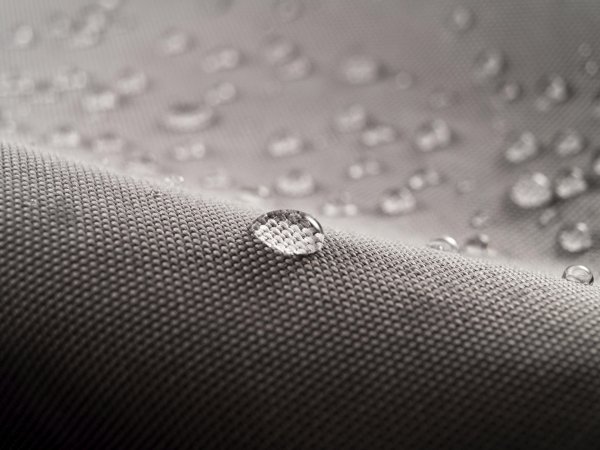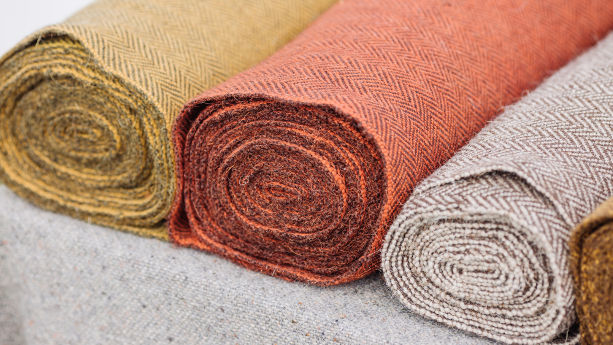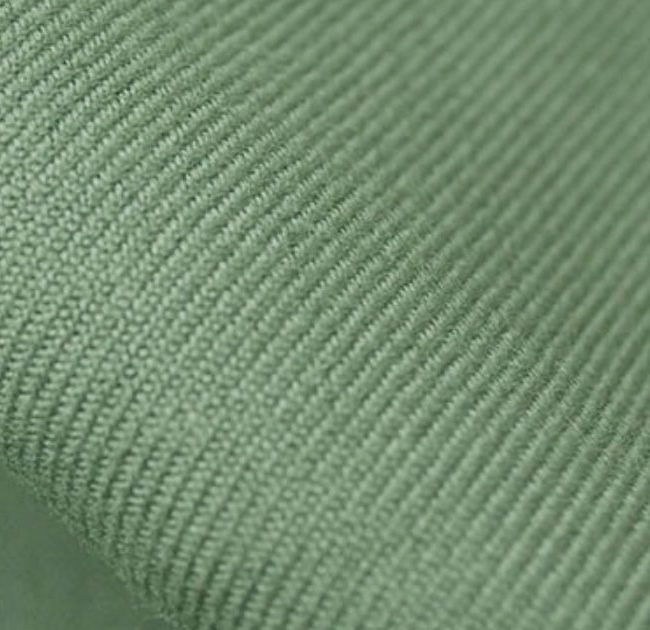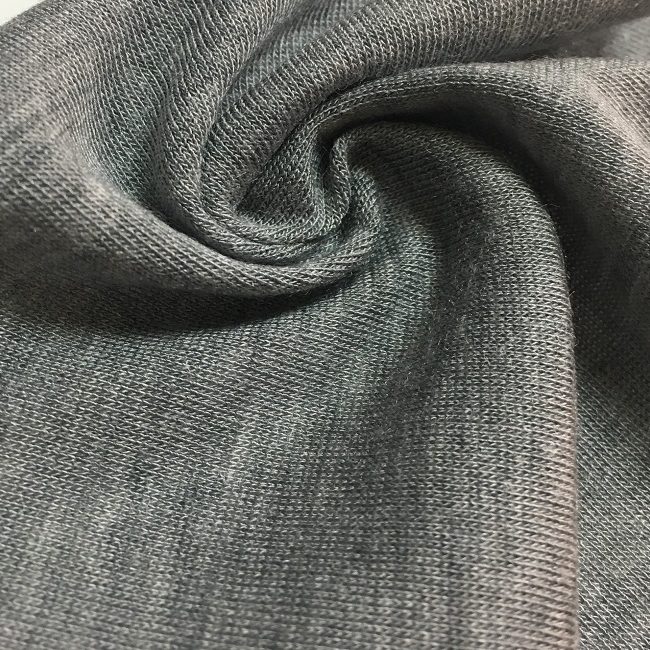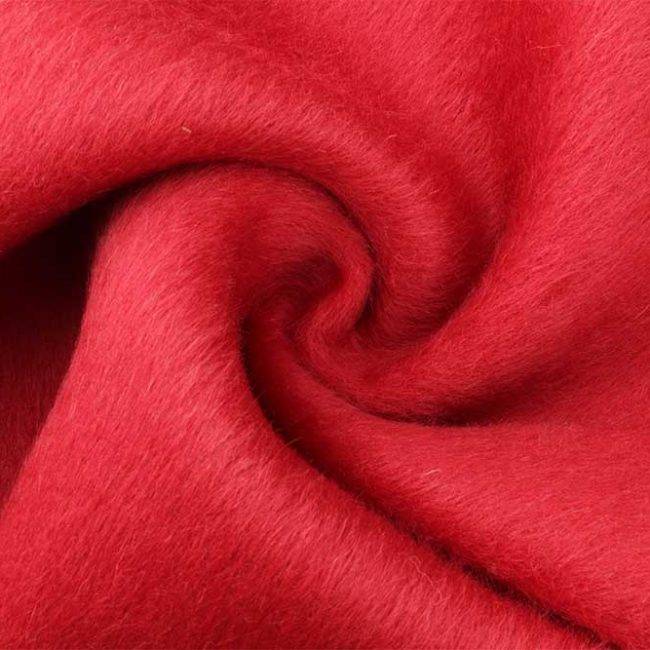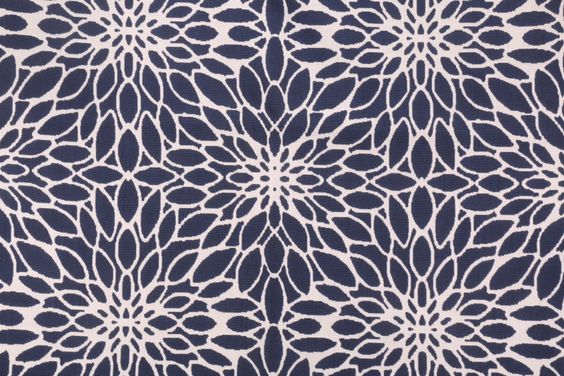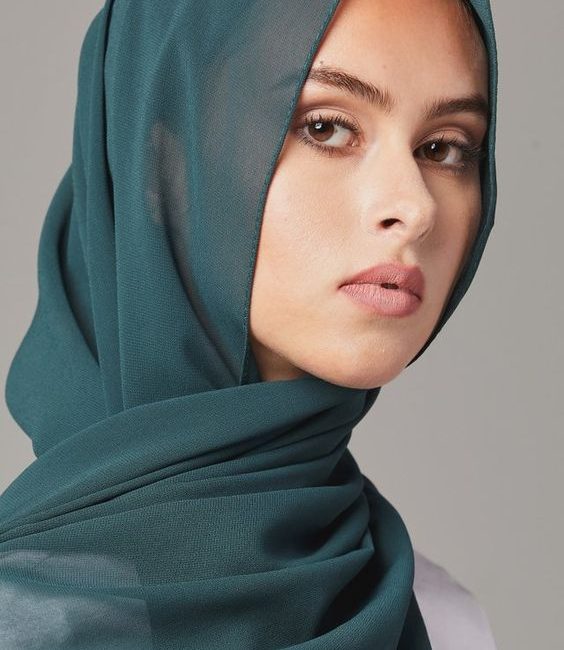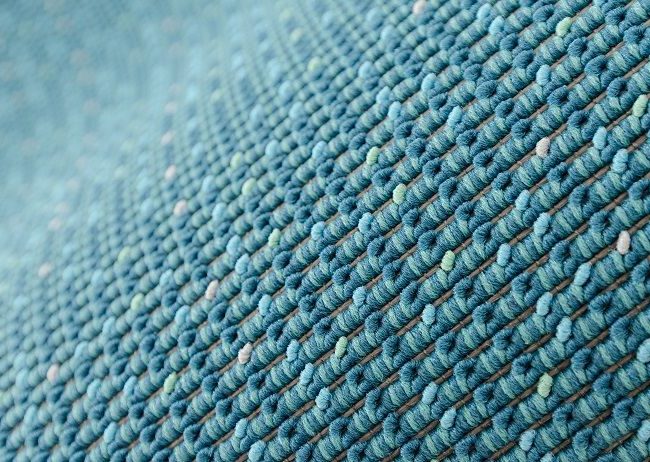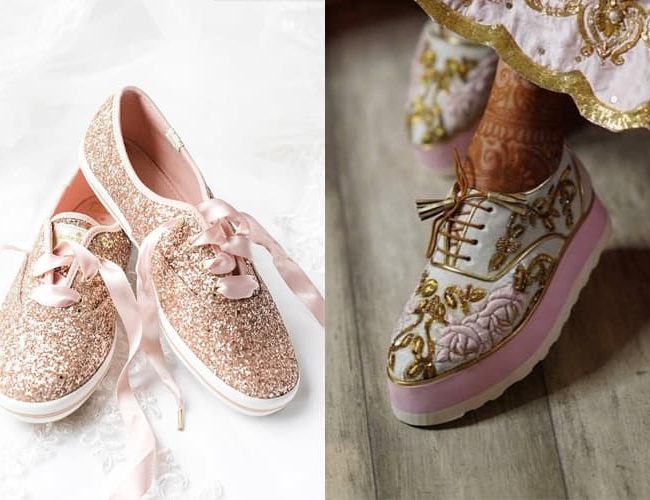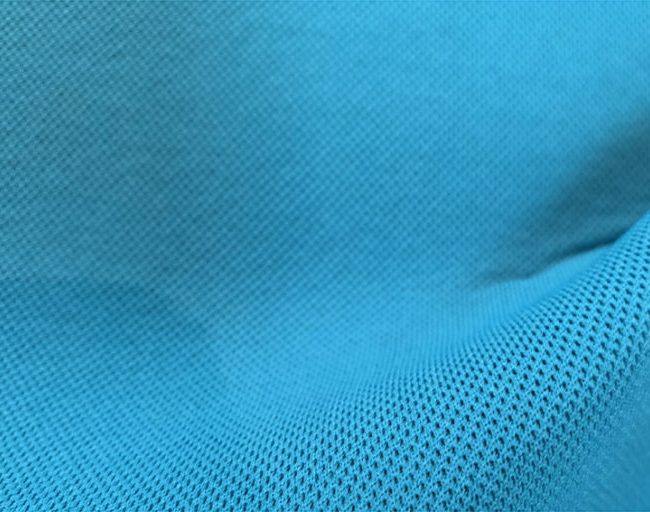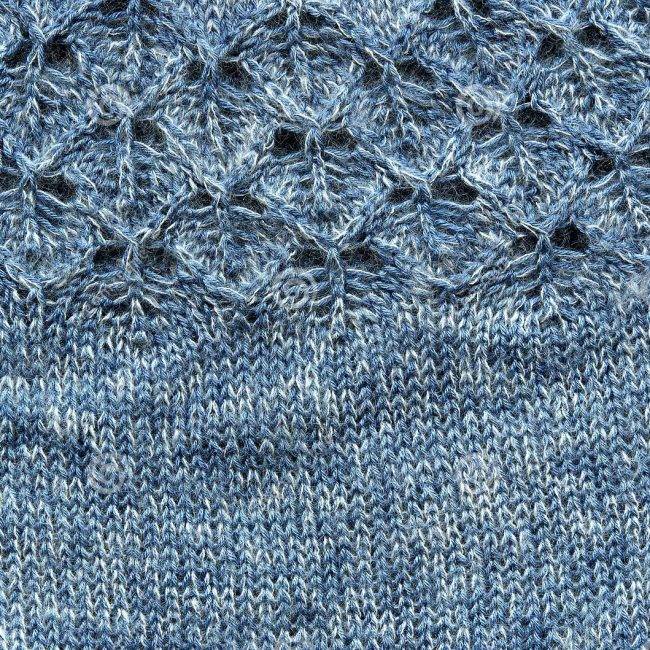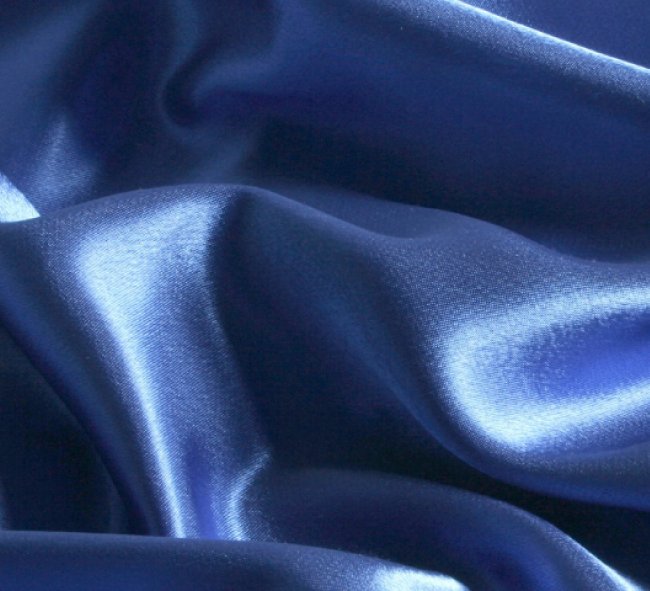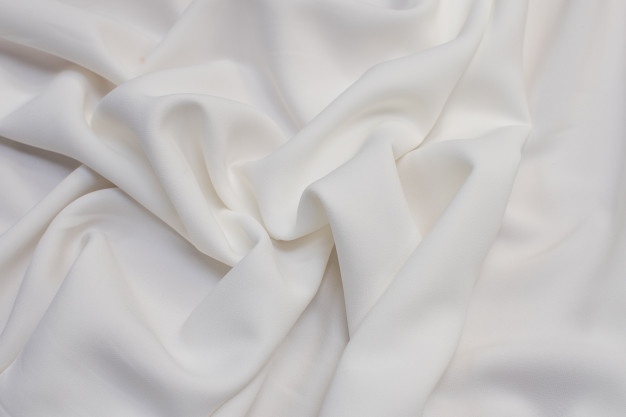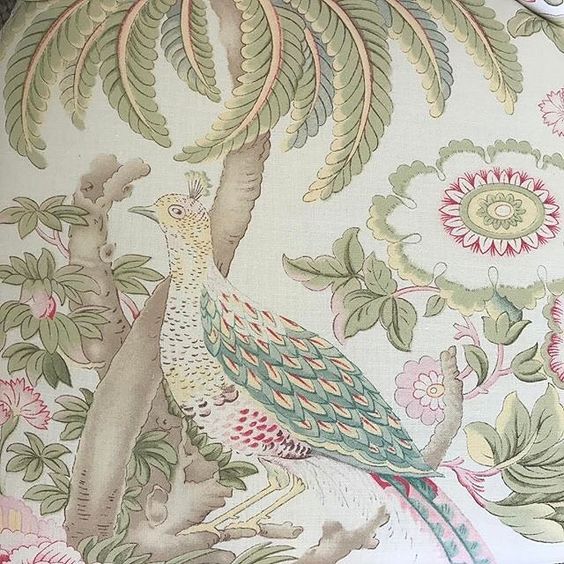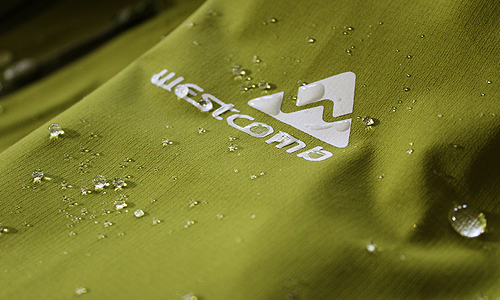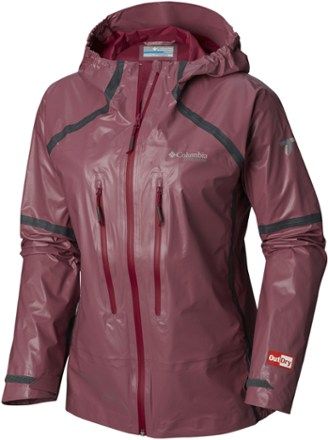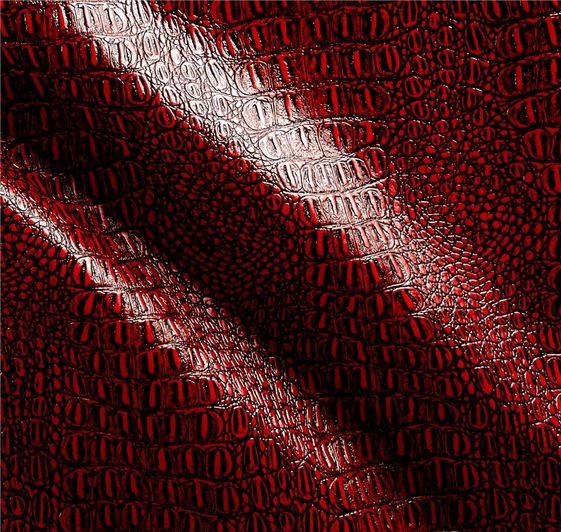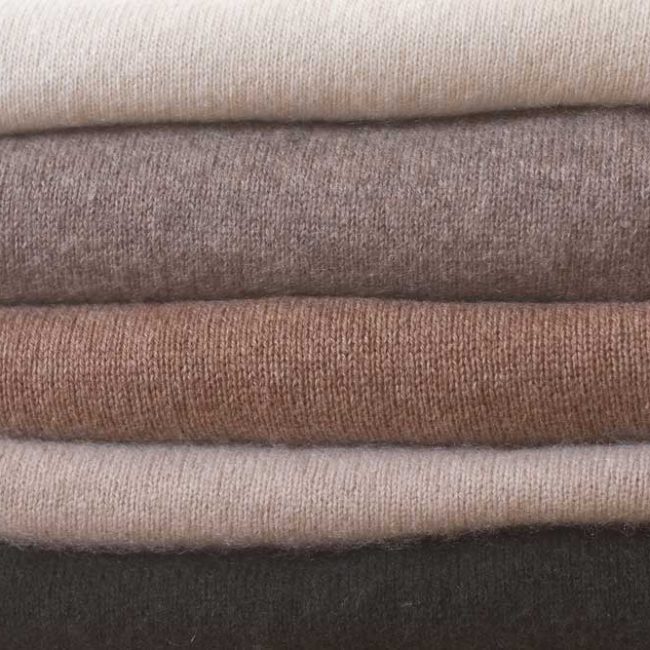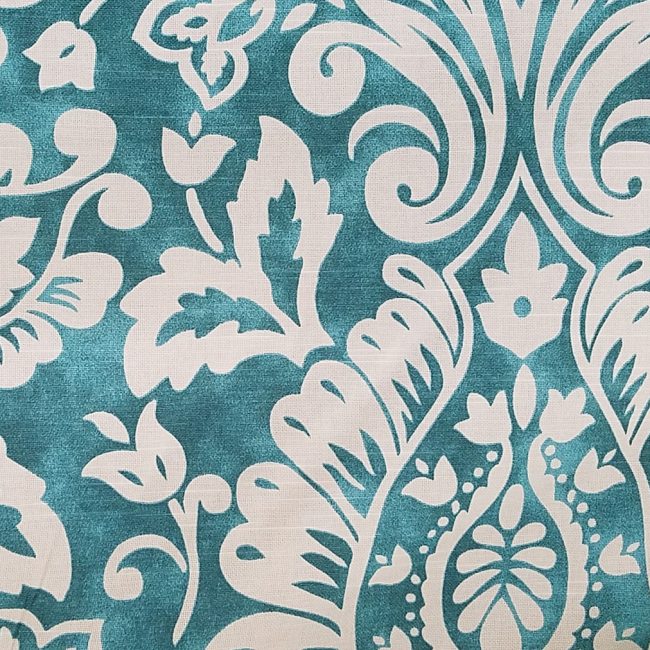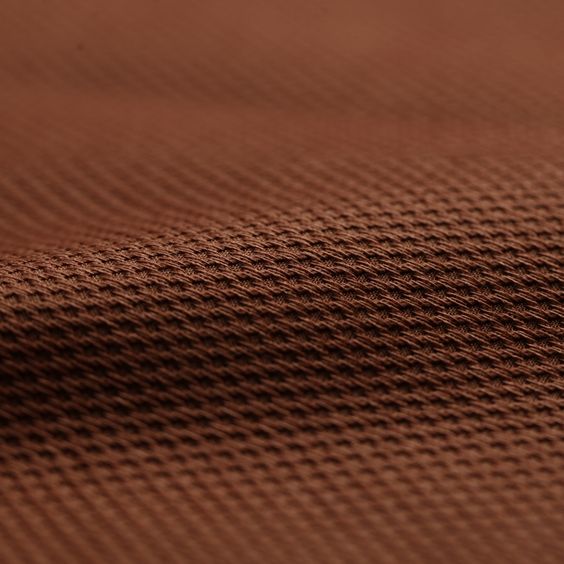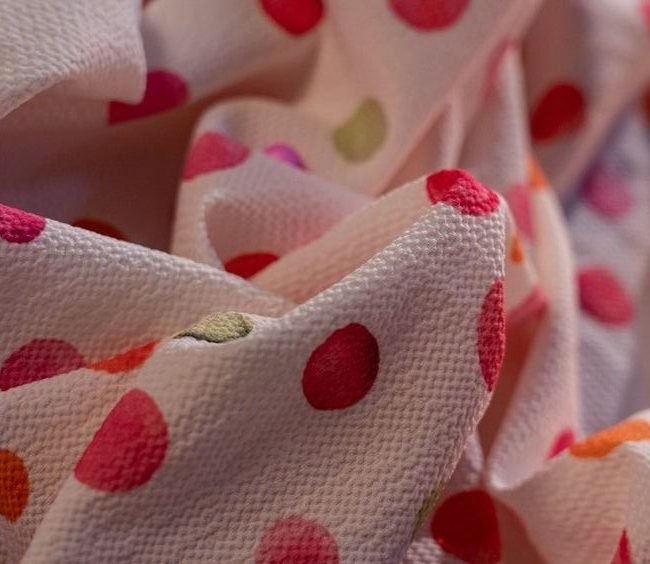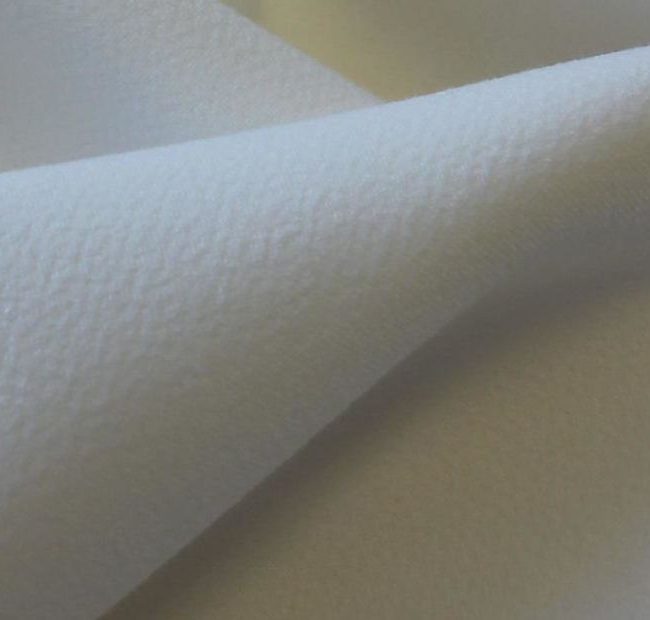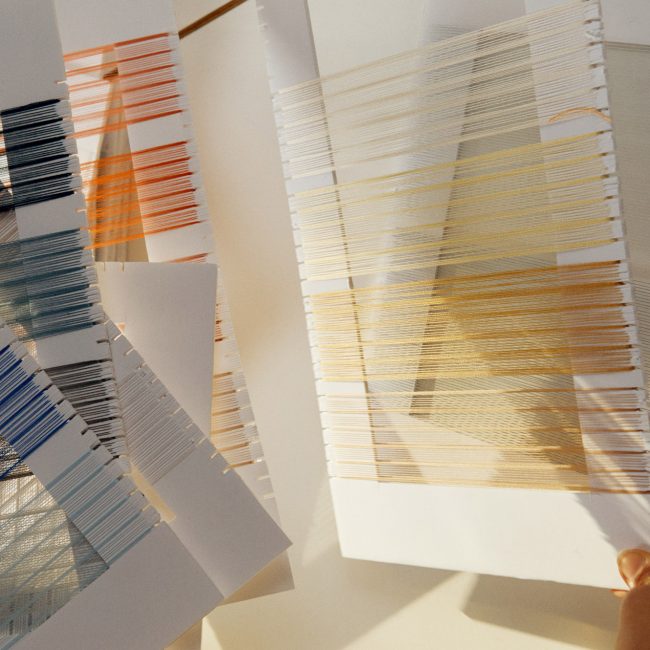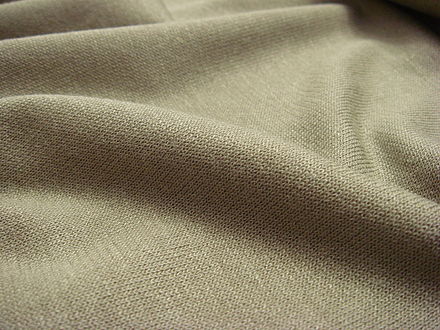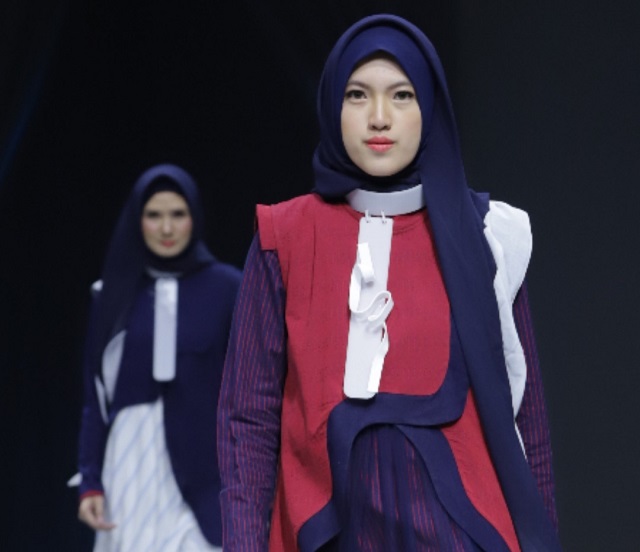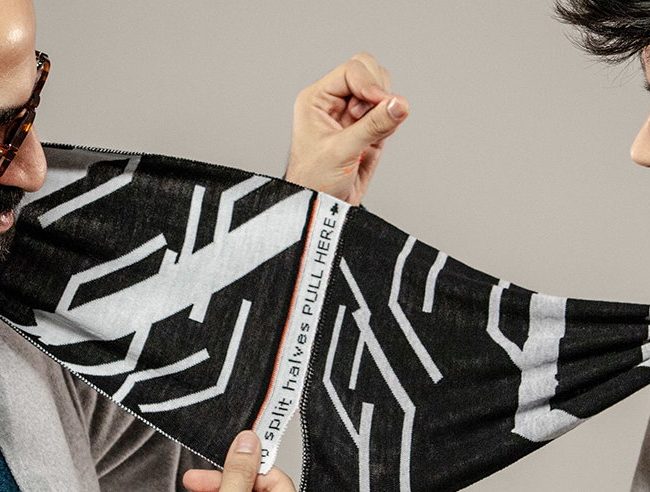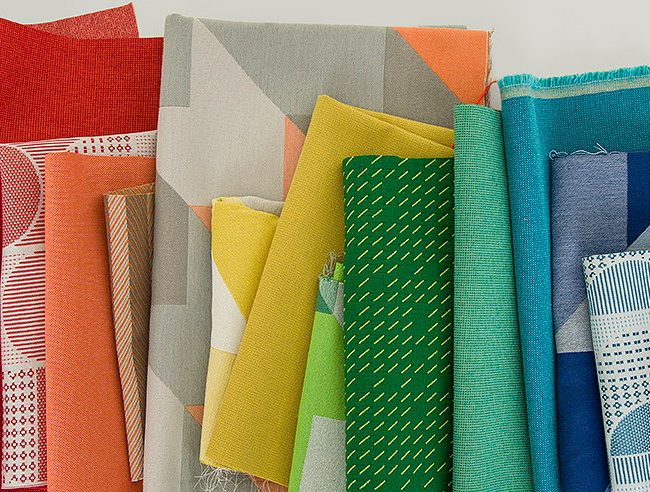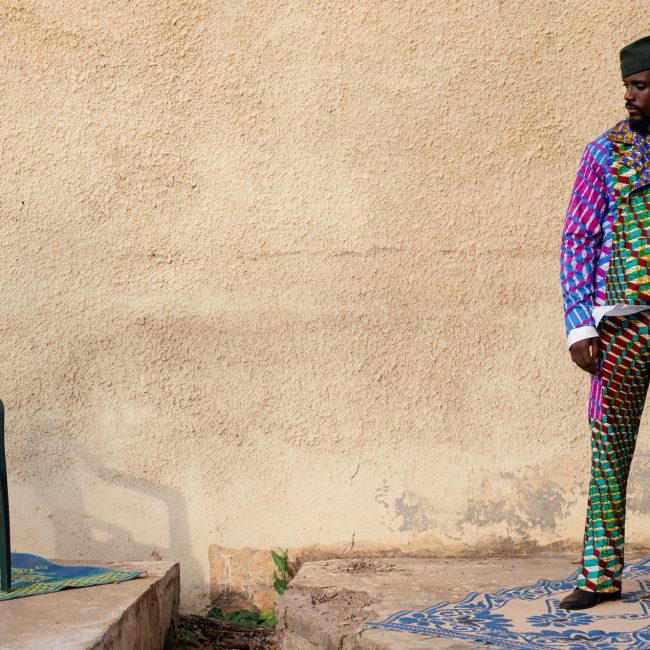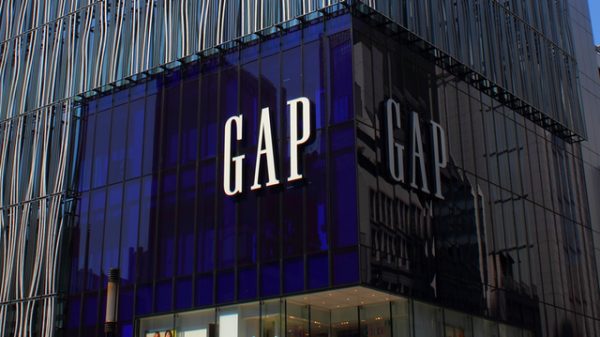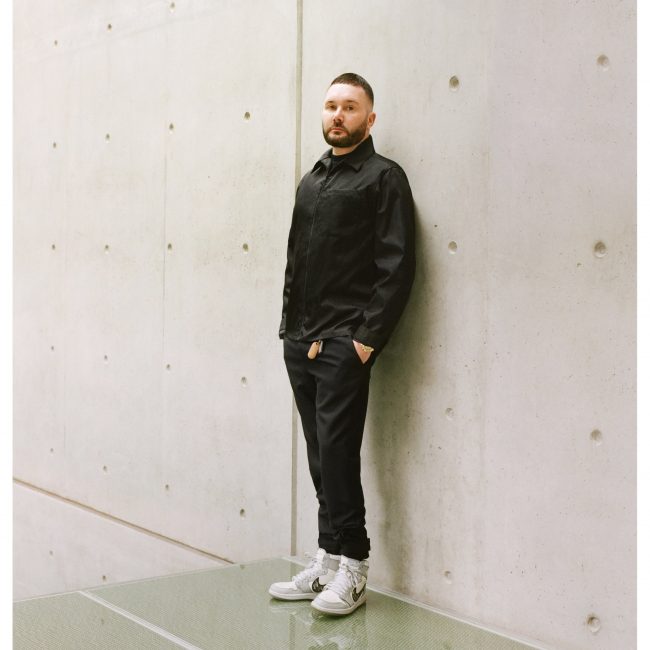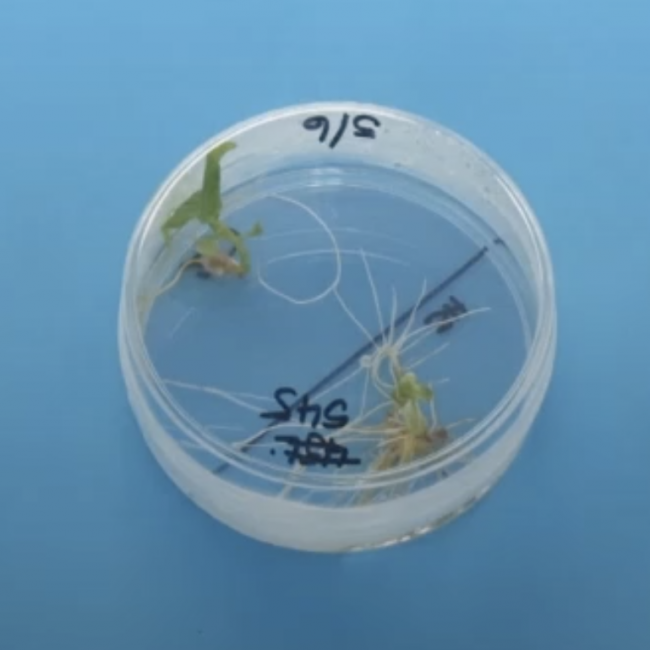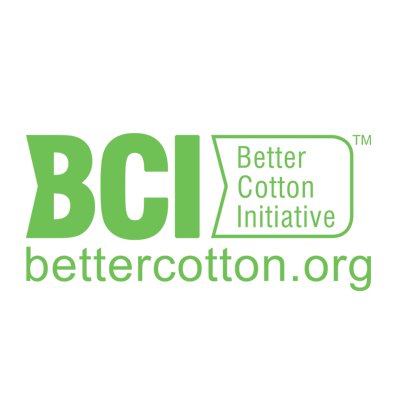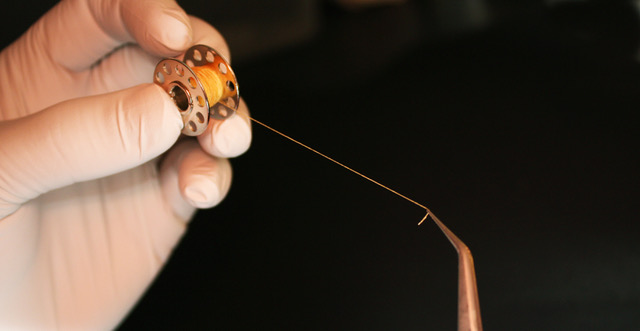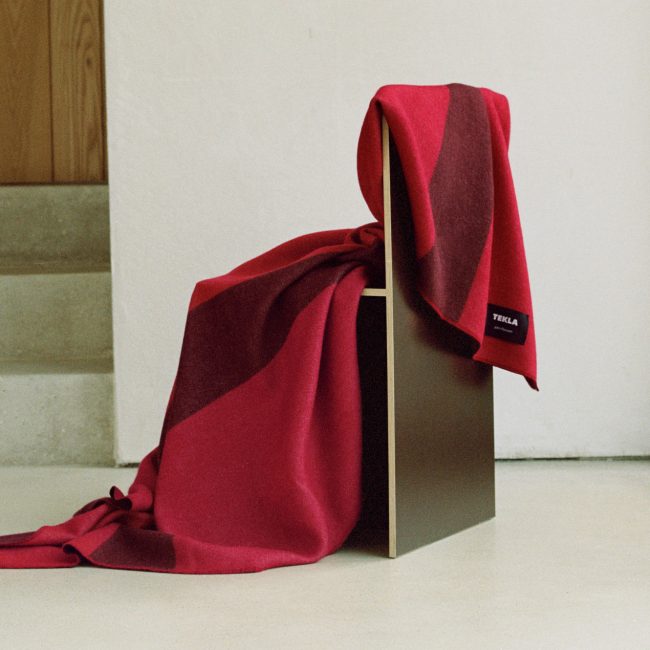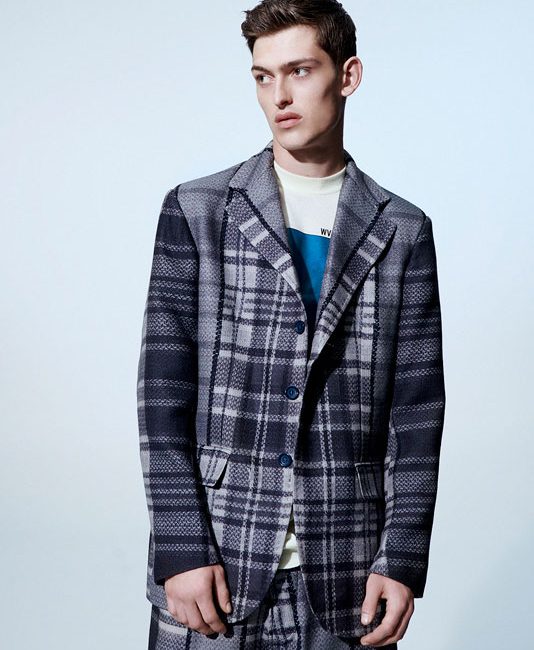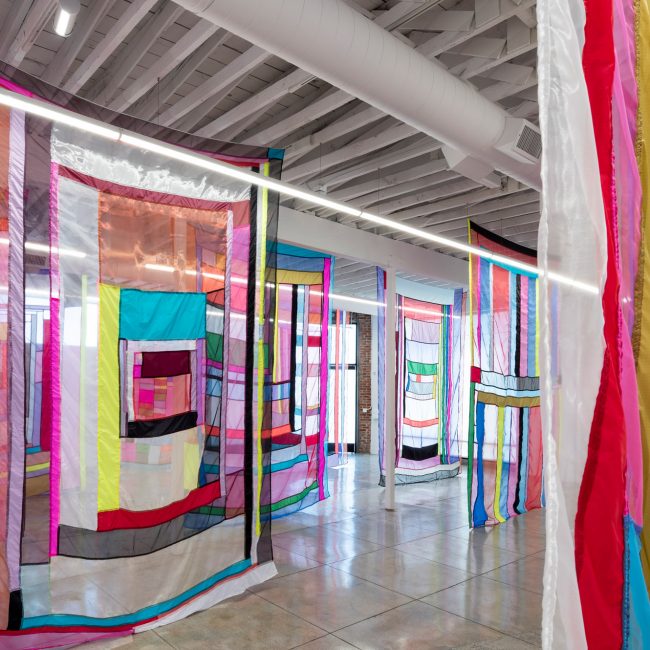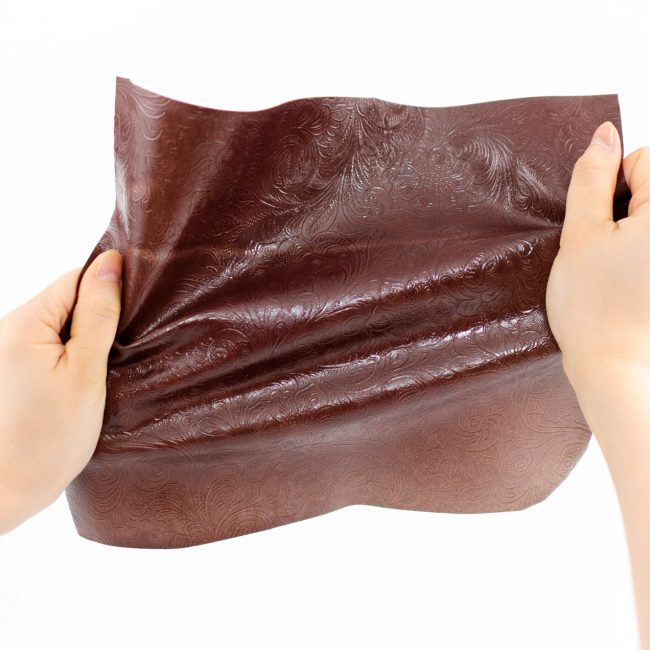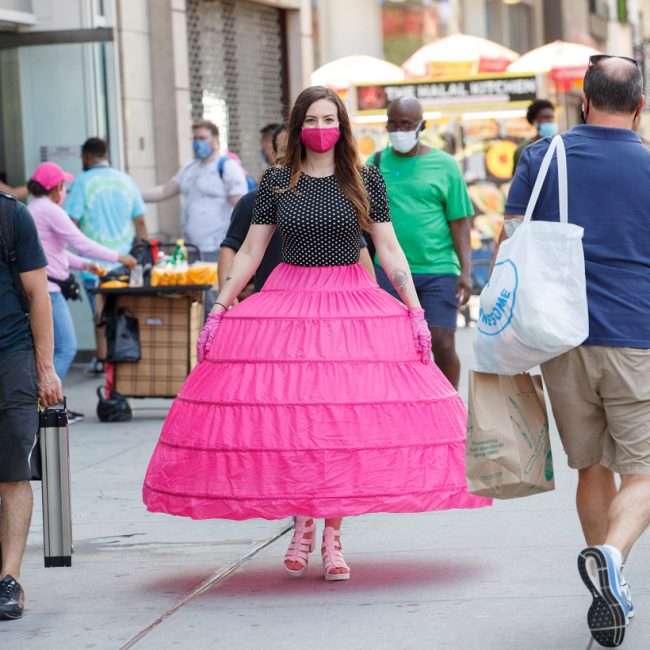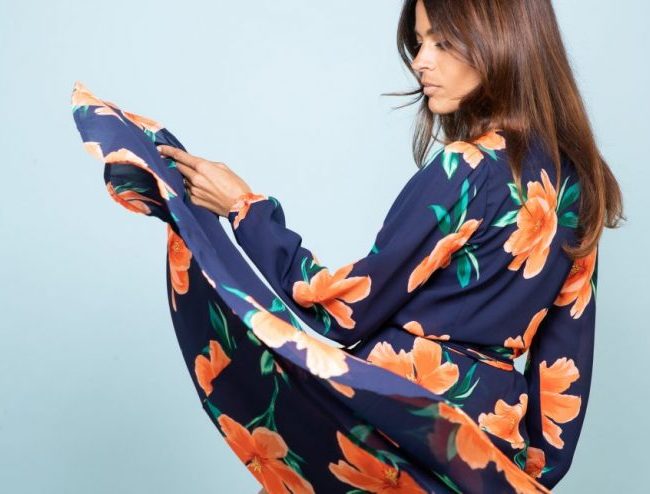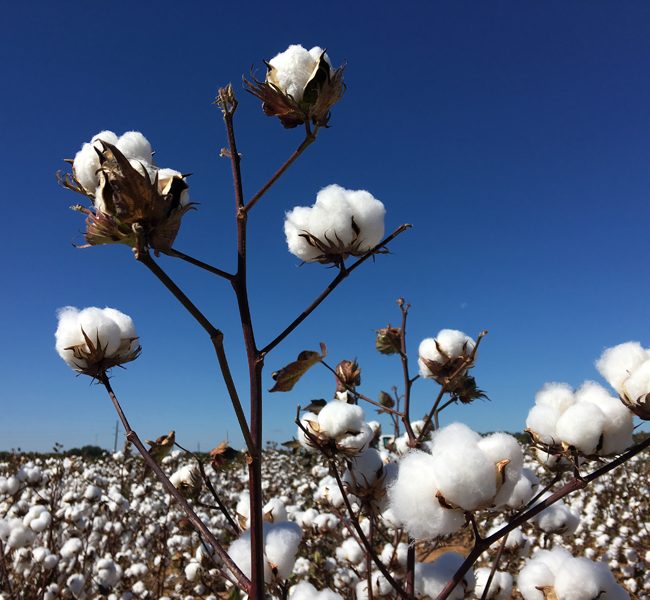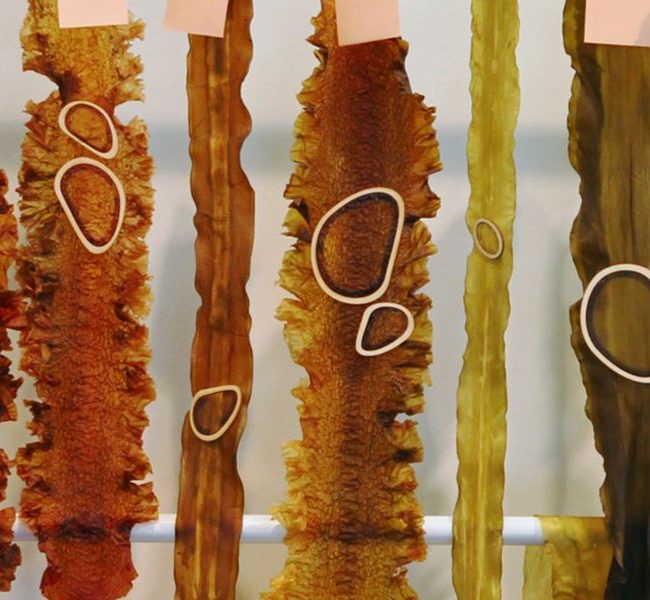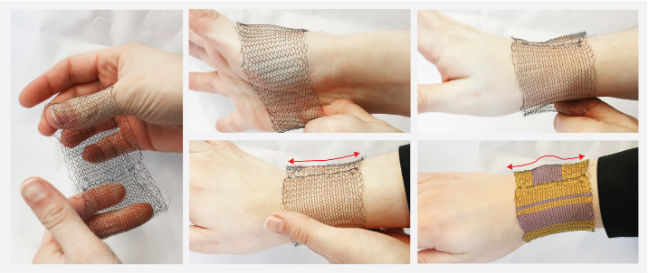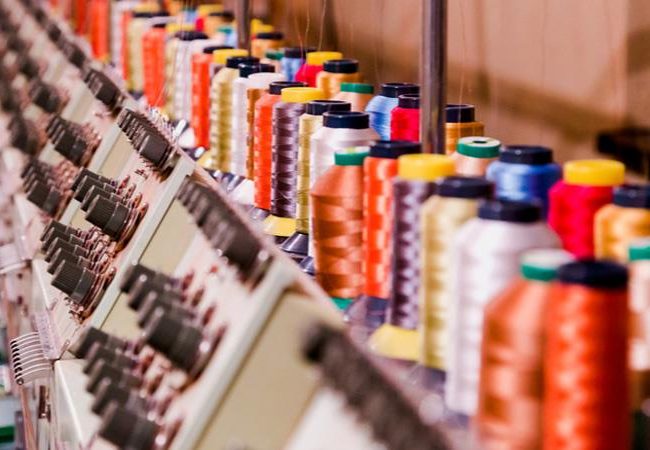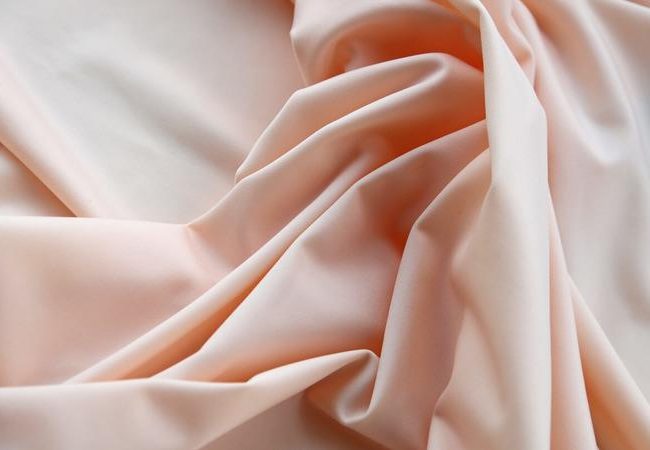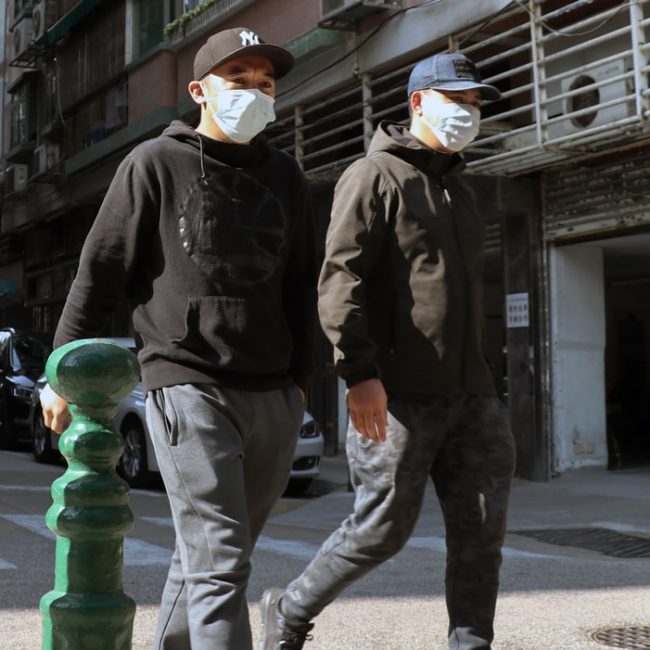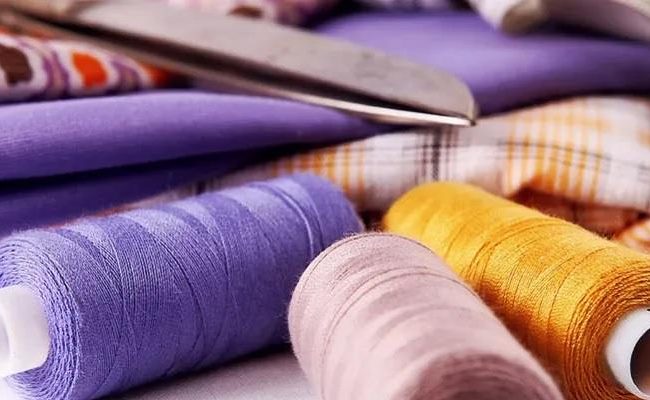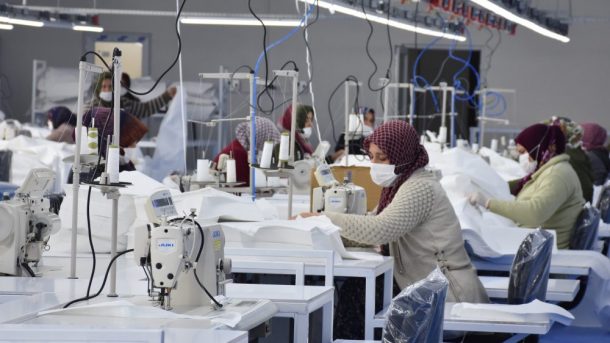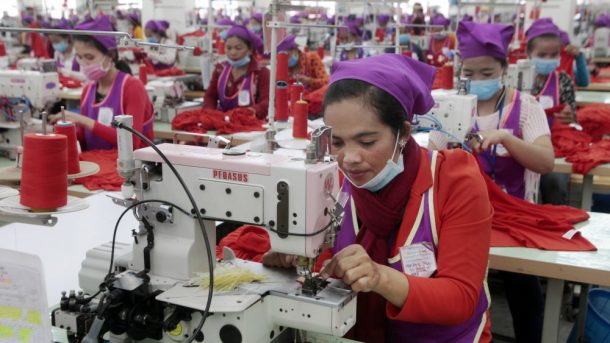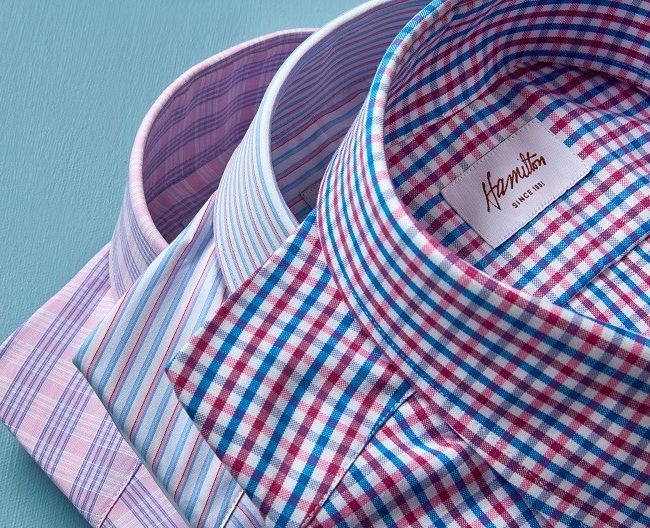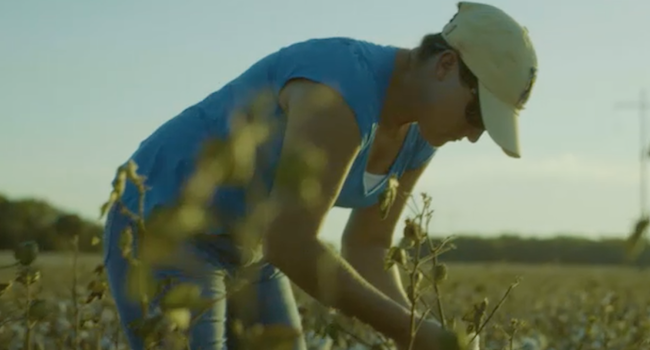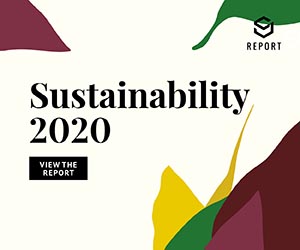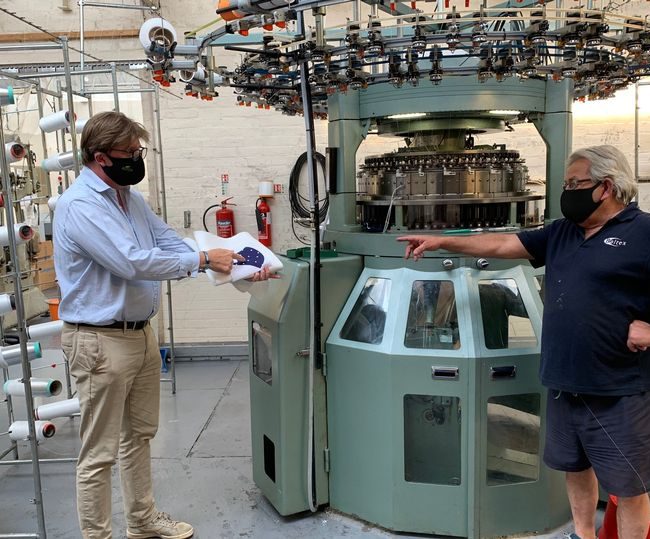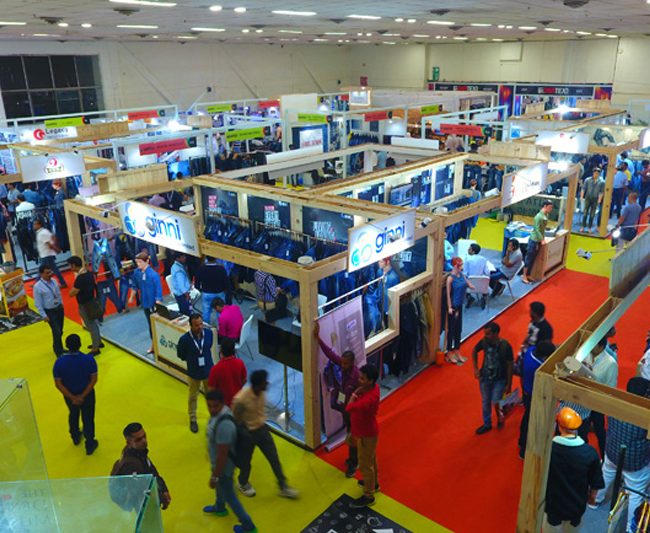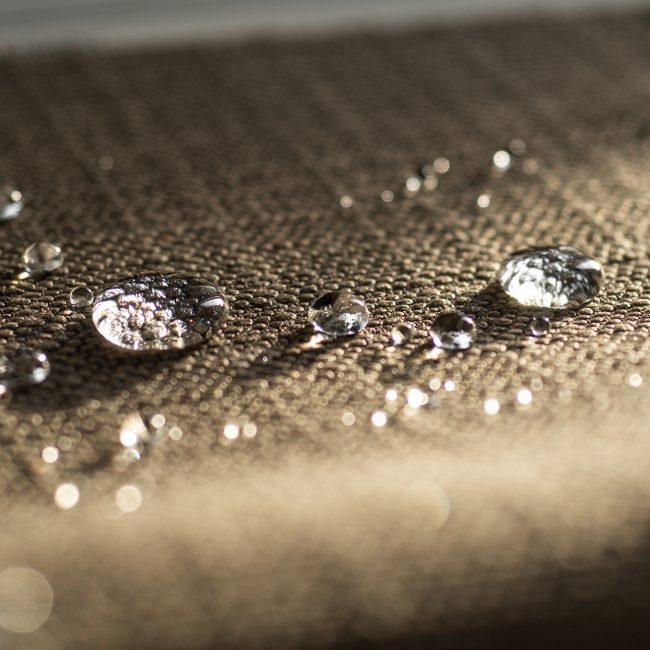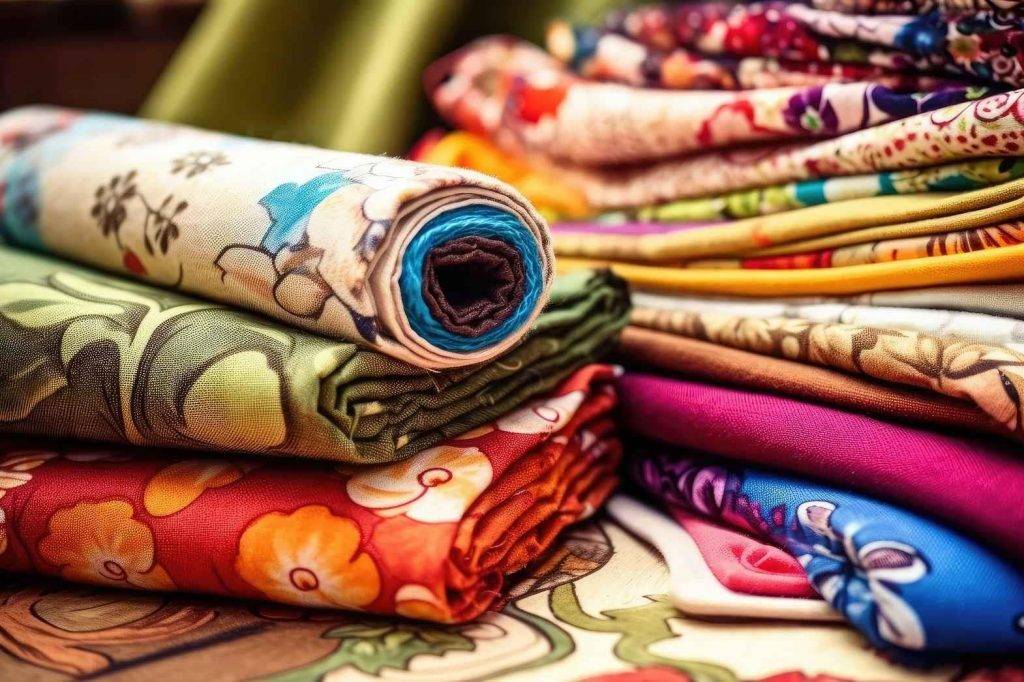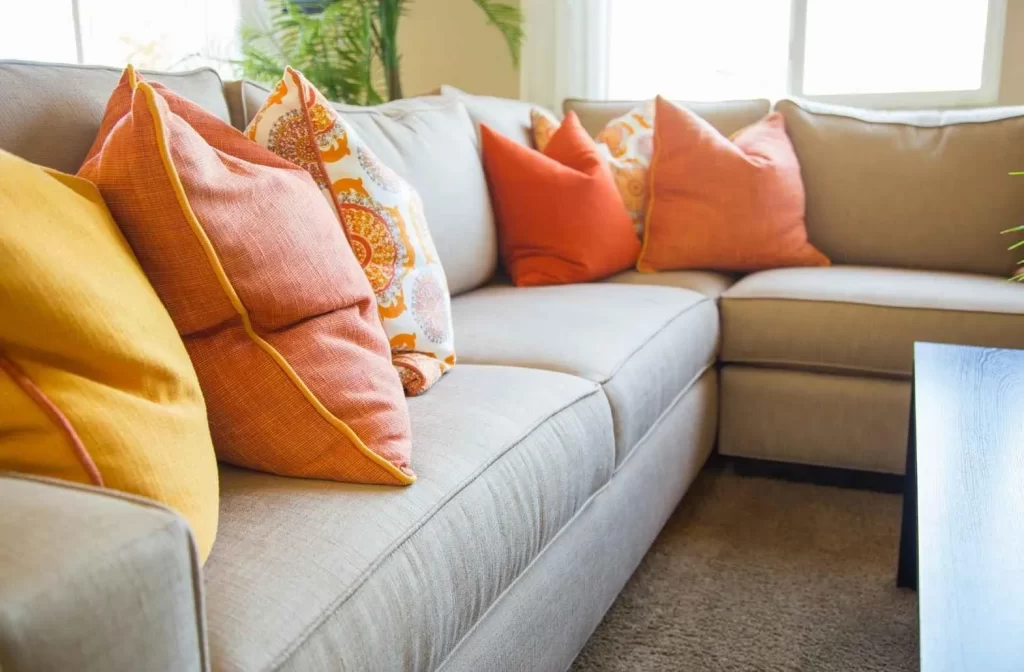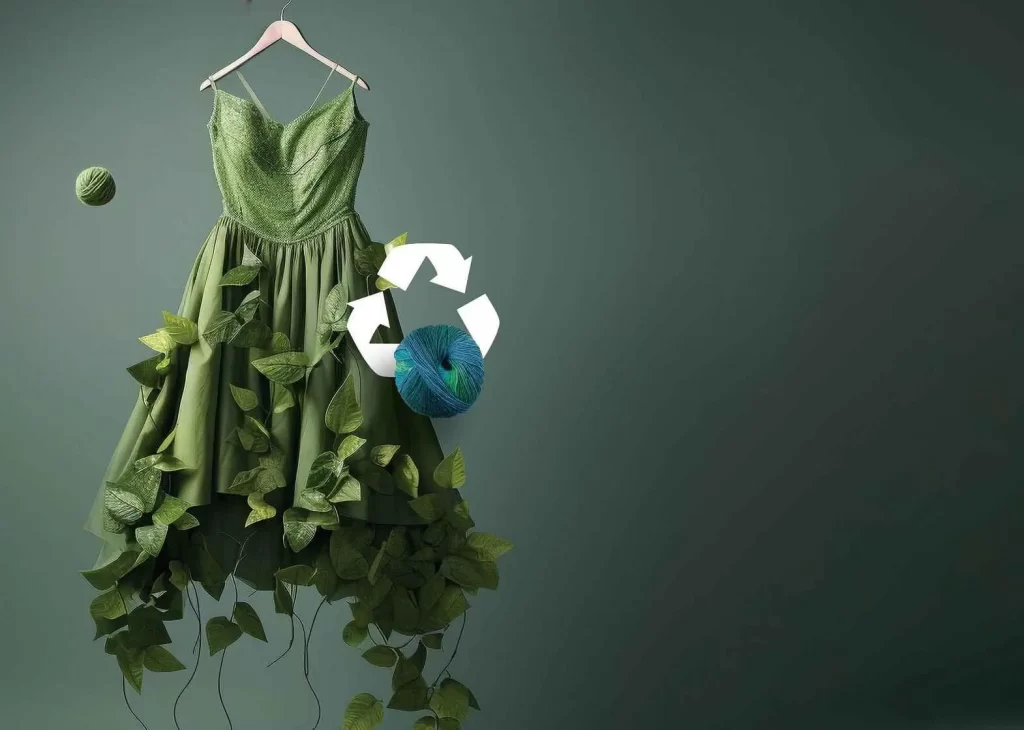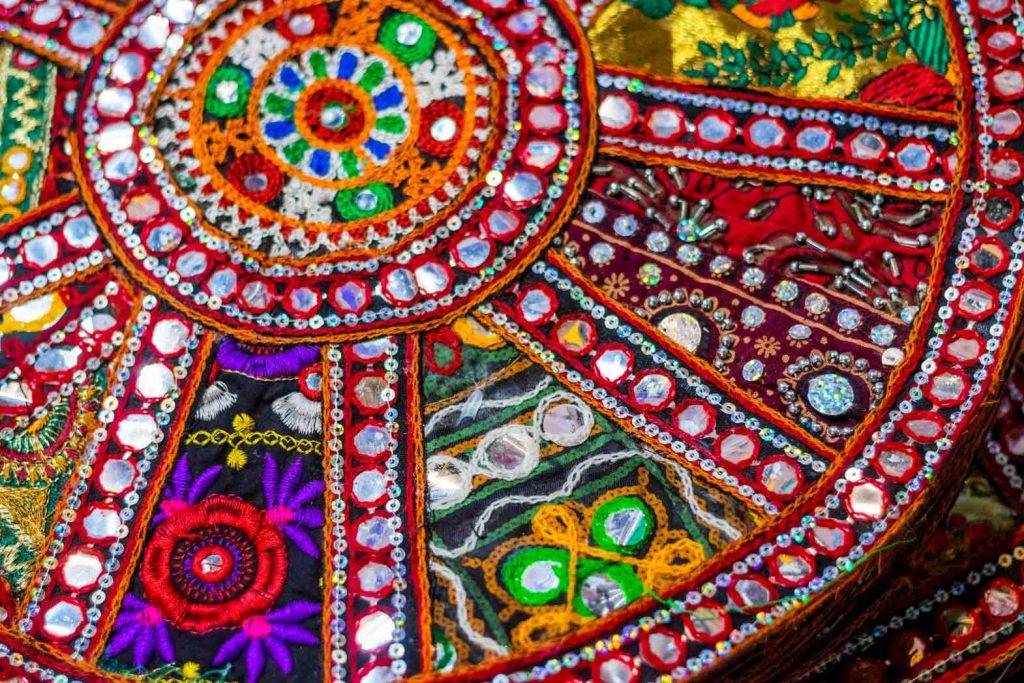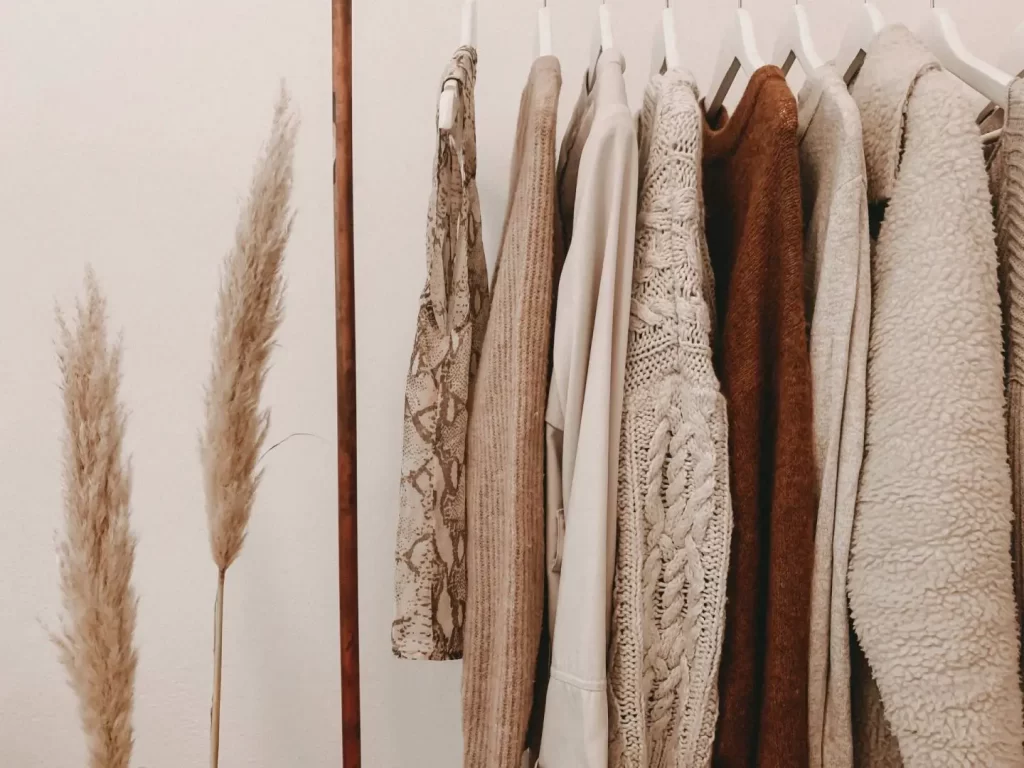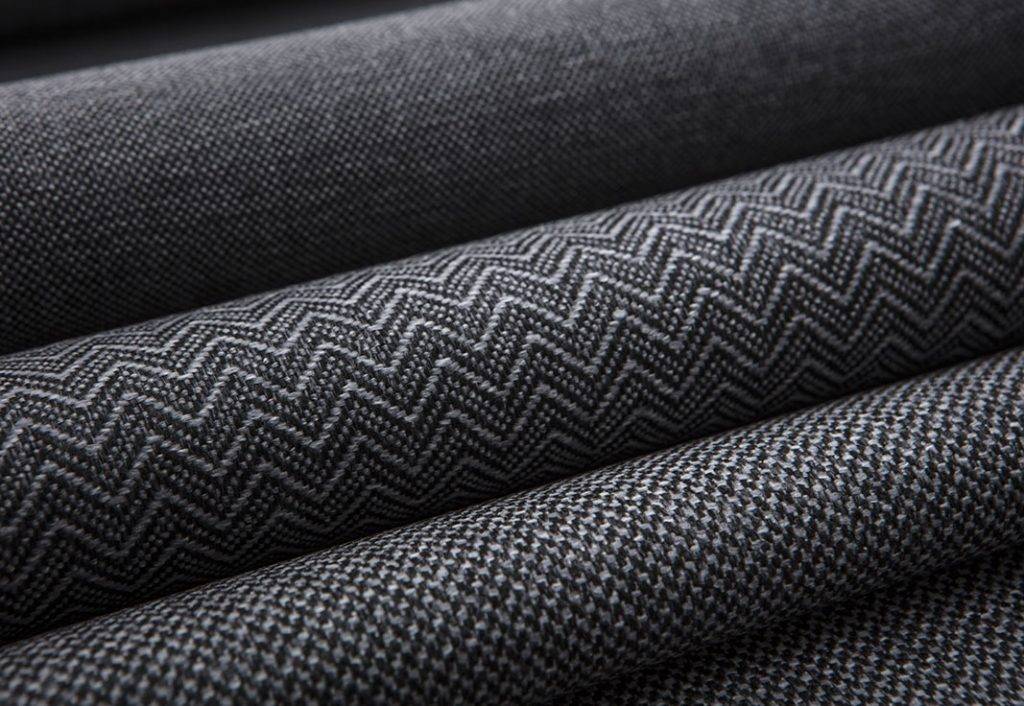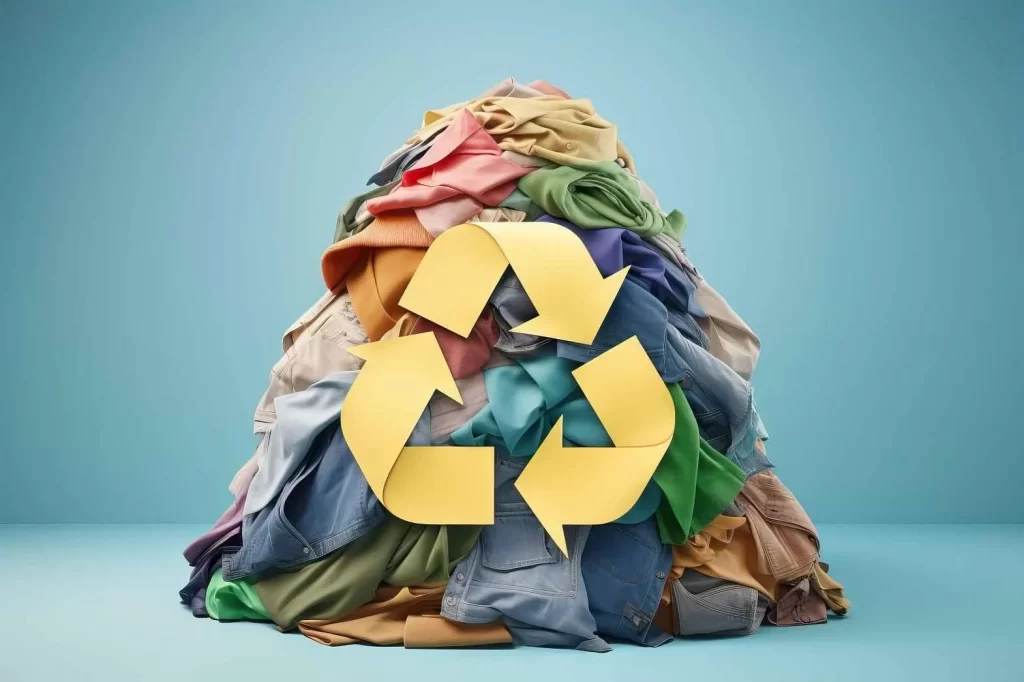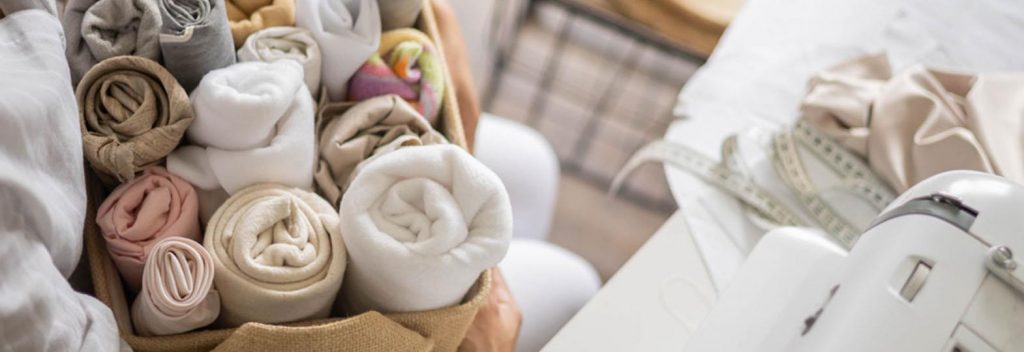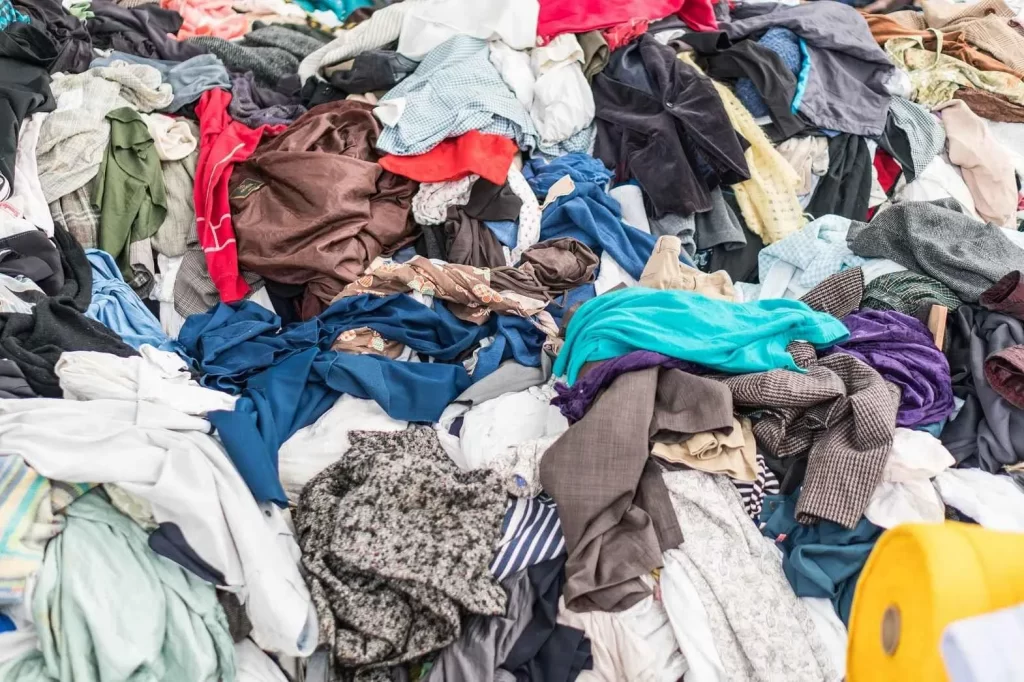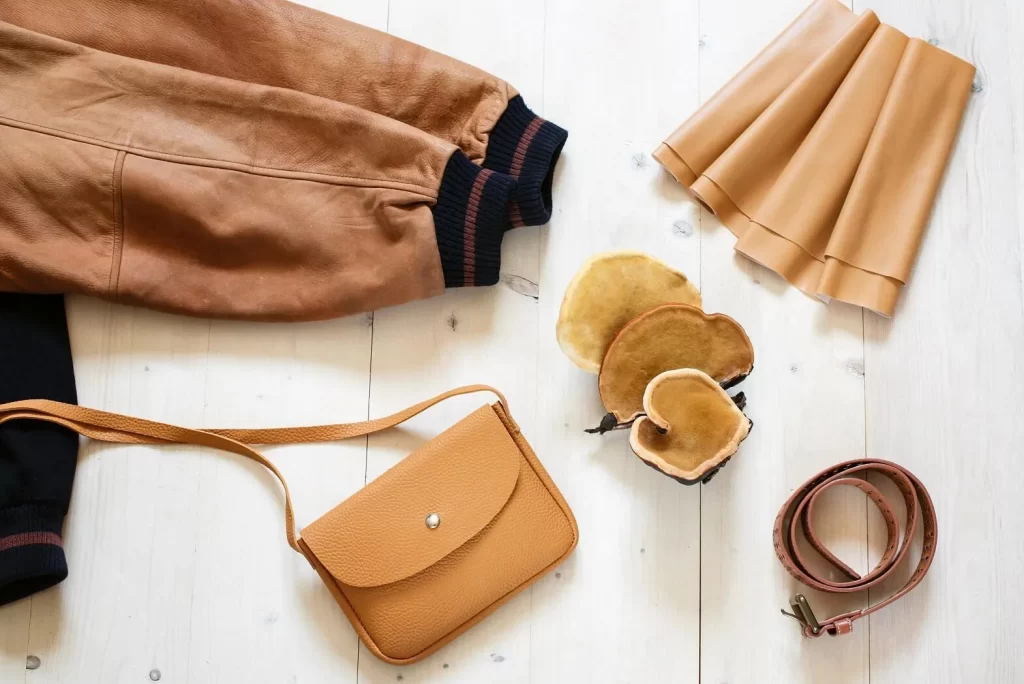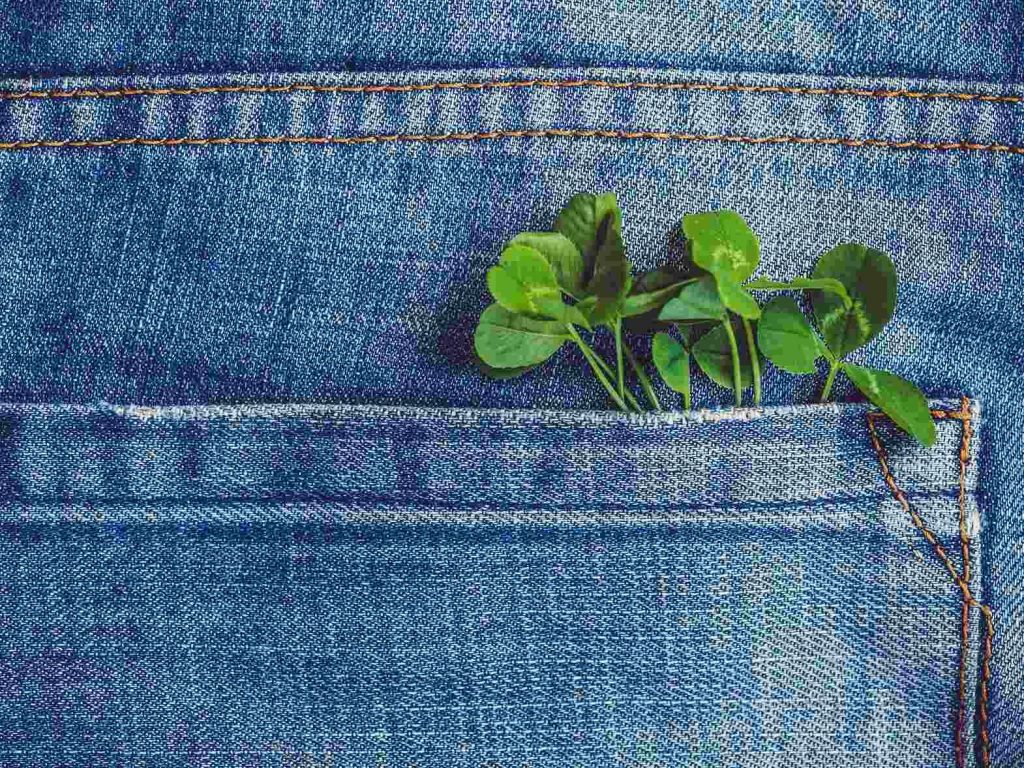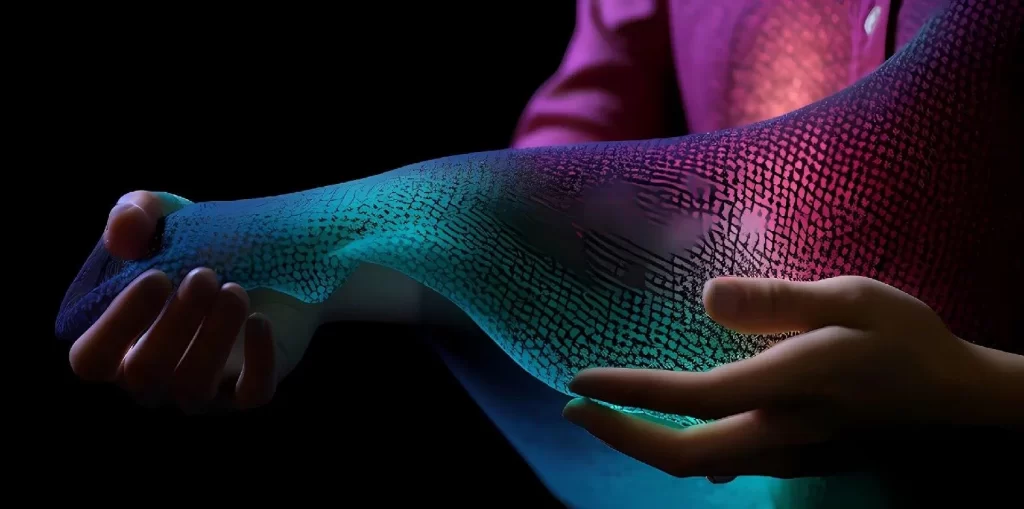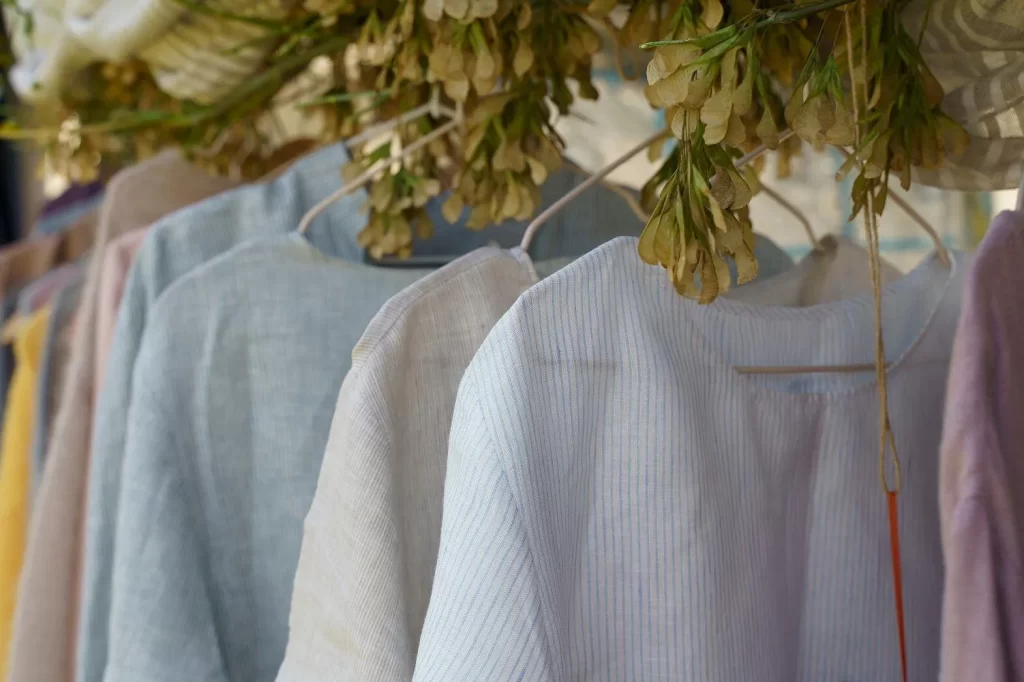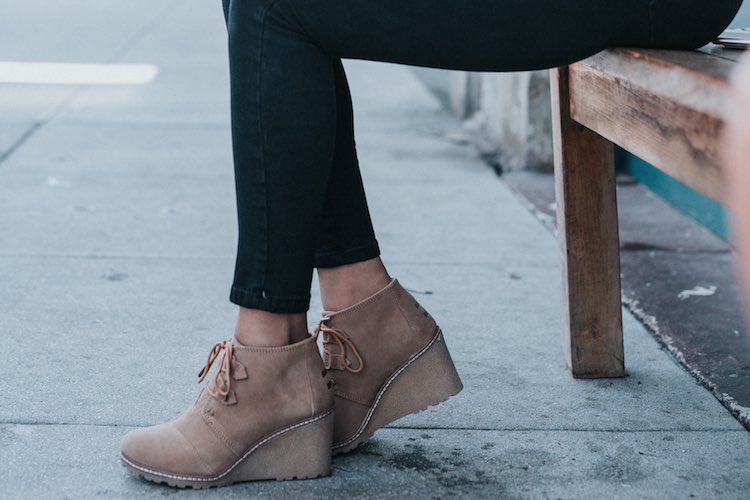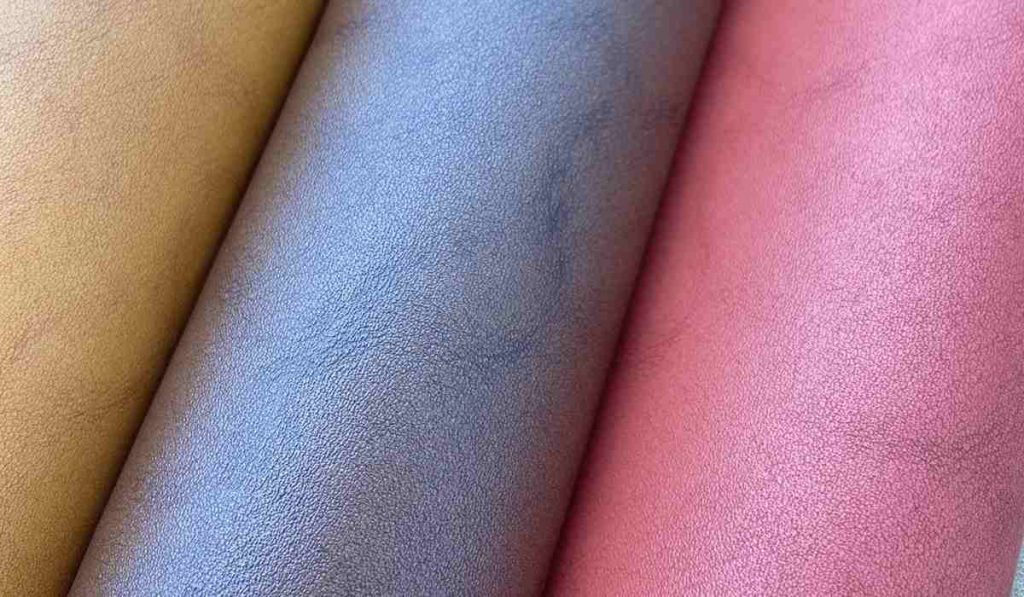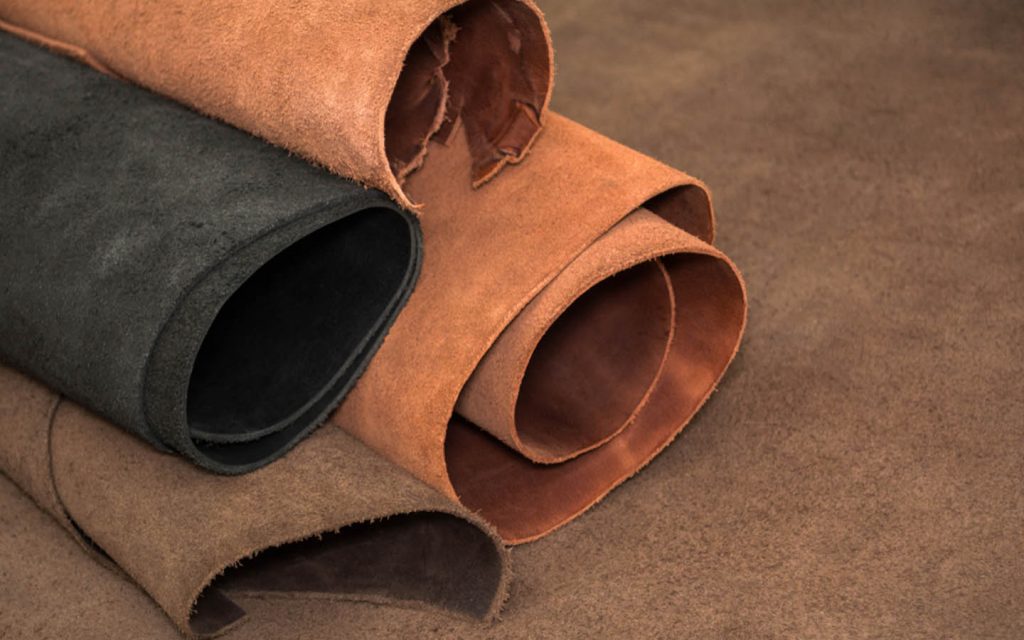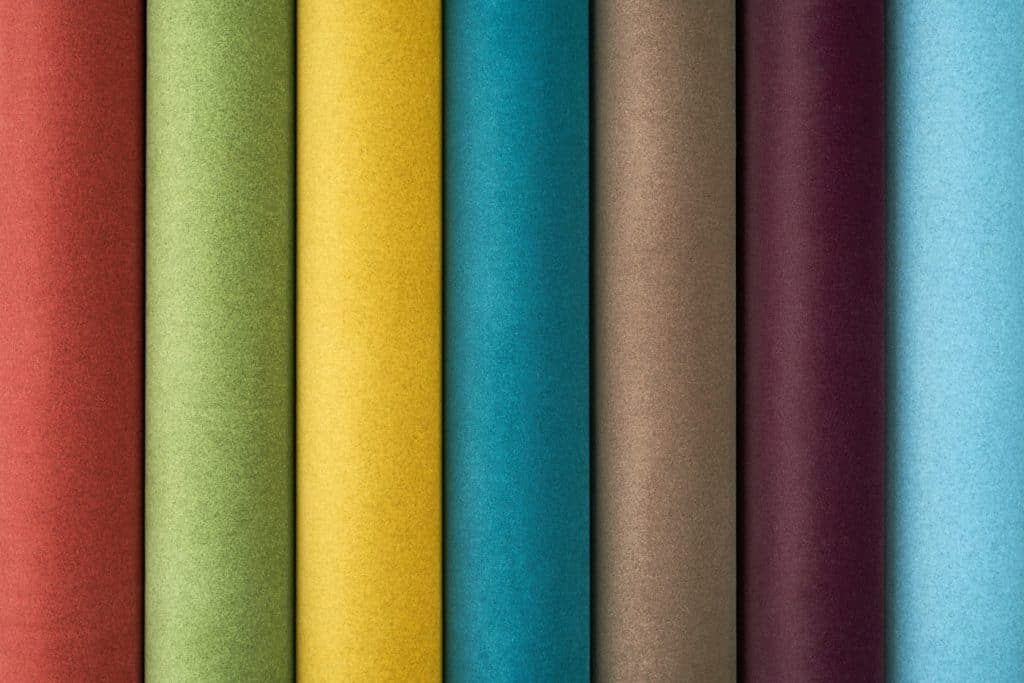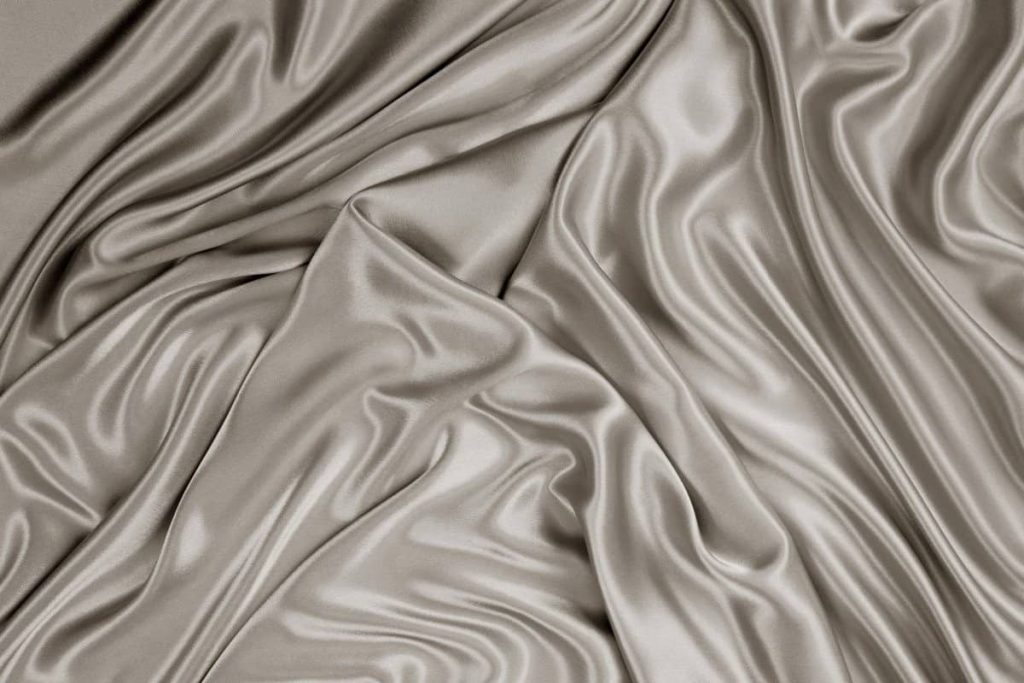What is damask fabric?
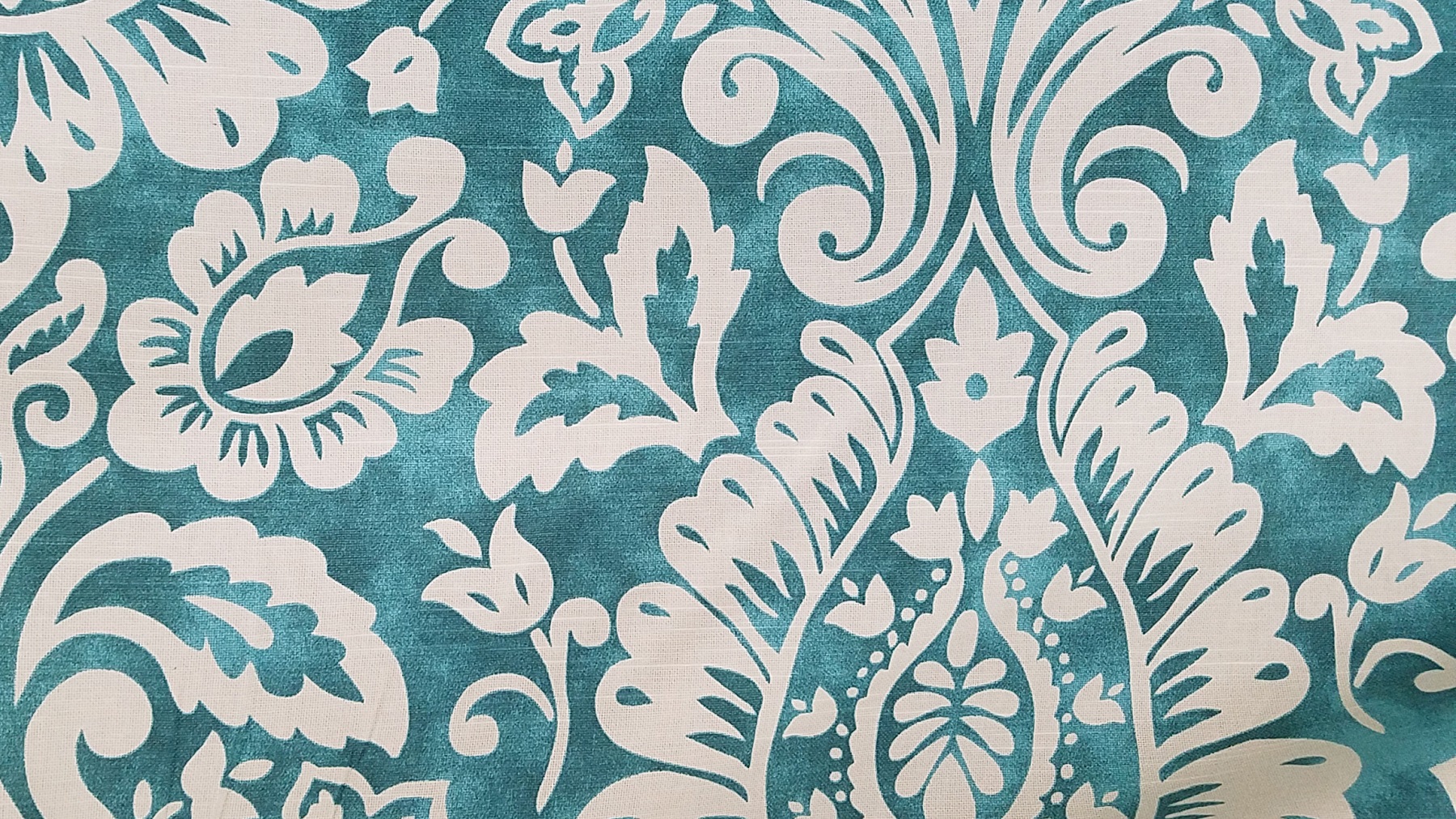
Damask fabric is named for Damascus, which is where this textile product originated. Known for its intricate and reversible patterns, damask fabric is prized for its ornateness. These days, however, it’s easy to make incredibly complex damask patterns with modern textile machines. Traditionally, damask fabric was made from silk, cotton, or wool, but synthetic damask weaves are now available also.
What is damask fabric?
Damask fabric is named for Damascus, which is where this textile product originated. Known for its intricate and reversible patterns, damask fabric is prized for its ornateness. These days, however, it’s easy to make incredibly complex damask patterns with modern textile machines. Traditionally, damask fabric was made from silk, cotton, or wool, but synthetic damask weaves are now available also.
Damask fabric in history
The first mention of “damask” in the West was in a document from 14th-century France. At the time, nations within the borders of modern France and Italy were the mercantile centers of the world, so most types of textiles were inspected and categorized by French merchants at one point or another.
It’s unclear exactly when the peoples of the Middle East started weaving fabric in damask patterns, but historians have long recorded that damask, tabby, twill, tapestry, and lampas are the five main textile products of the glory days of Byzantium and Arabia. By the Middle Ages, the popularity of this fabric style lessened everywhere aside from Spain, which remained occupied by Muslims until the 15th century.
While silk remained the most popular damask material throughout the Renaissance and Enlightenment, weavers still experimented with woolen and cotton damasks as well. In Western Europe, the silkworms of Asia were very far away, so silk damasks became something of a luxury item reserved for nobility.
Damask fabric today
These days, damask has lost some of its grandeur since it’s plentiful and cheap to make. Especially with the advent of petrochemical fibers in the 20th century, damask fabric is now as inexpensive as it is easy to source. The invention of the computerized Jacquard loom made it possible to automate damask weaving, which has reduced costs and improved accessibility to damask textiles even further.
It’s likely that damask will never regain the popularity it had in the first few centuries AD, but nonetheless, the intricate patterns woven into damask fabric are cultural artifacts from many different peoples and societies throughout history. Humanity will continue to carry damask forward as an essential piece of our ever-complexifying arts and culture.
Damask vs brocade
Damask and brocade are woven differently even though they are used for some of the same purposes. Brocade consists of multiple thread colors all woven together into a pattern, and damask usually consists of a single thread color.
There are also differences in the weaving process itself; the brocade weave is “looser,” which often results in loose threads that fray easily. Damask is more durable even though it is generally only available in a single color of yarn (with multiple tones and textures).
Traditionally, it has been very difficult to weave damask fabric. With only conventional looms available, a single damask tapestry, for instance, could take weeks to weave. The invention of the Jacquard loom made things easy, and now that these mechanical looms can be computer-programmed, the damask weaving process looks nothing like it once did.
Traditional weaving
Each set of warp and weft yarns is called a filling, and a piece of damask may consist of one or more fillings. Satin and sateen fields are both made, and the warp may pass over up to nine fillings.
Computerized Jacquard loom
Modern damask weaving follows the same basic principles as the traditional manufacture of this textile, but instead of human hands, robotic arms are now doing the dirty work. The computerized Jacquard loom automated away the jobs of thousands of weavers, but it gave all of us access to the beauty of damask fabric that had once been only accessible to the elite.
It’s safe to say that the primary purpose of damask is in home decor applications, but this iconic weave is also used in apparel and accessories to some degree. Here are a few of the most common uses of damask fabric:
Damask in apparel
Due to its rigidity, damask isn’t usually suitable for everyday clothing. The advent of synthetic fabrics has made it possible to produce damask that is finer and more form-fitting, but still, the primary applications of damask in fashion are eveningwear, jackets, and other relatively stiff garments that are designed to be somewhat weather-resistant.
Damask in accessories
Scarves, handbags, and luggage are all common accessory applications of damask. In accessories that are worn close to the skin, soft fibers like silk are used, but synthetic fibers are commonly used for luggage and other heavy-duty damask items you might need throughout the day.
Damask in decor
From curtains to upholstery to rugs, damask is everywhere inside the home. Upholstery is the most common decor application of damask; if you haven’t sat on a damask couch yet, you will eventually. Damask is also highly popular as a curtain material, and it’s sometimes possible to spot damask in light rugs.
Pseudo-damask
Damask patterns are so beautiful that there are plenty of non-fabric products out there that are still decidedly damask. Wallpaper, for instance, is one of the product categories that most blatantly stole damask from fabric and put in on another surface altogether, and it’s also common to find suitcases, glasses cases, laptop cases, phone cases, and tons of other plastic accessories that feature damask patterns.
Where is damask fabric produced?
damask fabric in the world
Depending on which fabric is used, the largest producer of damask may be any one of the following countries:
Largest producer of silk
Just as it always has been, India is the world’s largest producer of silk. China also exports a fair amount of silk, but India still steals the show with its ancient mulberry groves and ancestral silkworm breeds.
Largest producer of wool
With an exponentially larger number of sheep than people, Australia is naturally the world’s biggest wool producer. Most wool damask currently on the market originated in Australia—most wool anything else, for that matter.
Largest producer of cotton
India is currently the world’s largest producer of cotton. It’s likely that India will remain in this top position as its economy expands and China’s contracts.
Largest producer of synthetic fabric
China is the world’s biggest petrochemical producer, so it makes sense that this communist country is also the epicenter of global synthetic textile fiber production.
How much does damask fabric cost?
That all depends on the following:
The fabric used
Silk costs more than cotton, and cotton costs more than polyester. Natural, organic fabrics are generally more expensive, but they’re worth it if you aim to impress with the way your garments look, feel, and impact the environment.
The number of fillings
Single-color damask is generally cheaper than damask with multiple fillings, or colors.
The overall weave quality
Some purists still say that hand-woven damask will always be superior to machine-woven imitations. Traditional damask fetches a pretty penny, and the better the weaver is at his or her art, the more you’ll pay per bolt.
What different types of damask fabric are there?
different types of damask fabric
Here are a few examples of damask varieties you might come across:
1. Silk damask
Fabric purists still call silk damask “true damask” since, for centuries, silk was the only material used to make this iconic patterned fabric. Silk damask remains the softest and highest-quality version of this fabric, which naturally makes it the most expensive.
2. Synthetic damask
Connoisseurs may sneer at synthetic damask, but damask that isn’t made from silk, cotton, or any other natural fiber is now the norm.
3. Cotton damask
Weavers of the East first tried making damask with cotton, but this material-pattern combination never caught on the same way as silk damask.
4. Wool damask
Just like cotton damask, wool damask has caught the fancy of the fashion community now and again over the last few centuries.
5. Twill damask
Twill damask can be made with any of the above materials, but it has a slightly different weave pattern that results in a twill appearance.
How does damask fabric impact the environment?
Since damask is a fabric pattern rather than a fiber, its only direct impact on the environment occurs during the final weaving process. On its way there, however, a finished damask garment goes through a variety of stages. At each of these stages, the choices that manufacturers make determine how damask manufacture affects the environment.
Environmental impact of natural fibers
Natural fibers generally have the least negative impact on the environment. Among the three natural fabrics used to make damask, cotton is by far the “dirtiest.” As a plant crop, cotton cultivation often involves toxic pesticides, fertilizers, and other substances that poison local plant, animal, and human communities.
Silk and wool, however, have practically no negative environmental impact. It’s certainly possible to keep sheep and other wool-producing animals in poor conditions, and many manufacturers do. A groundswell of organic, sustainable animal fiber cultivation is on the horizon, however, and already, there are tons of wool manufacturers to choose from who treat their animals with the respect they deserve. As far as silk production goes, only advocates for silkworm rights have any concerns about this ancestral process that has been safely sustained for thousands of years in the same communities in India and elsewhere around the world.
Environmental impact of synthetic fibers
While it can be reduced, there is no way to fully eliminate the damage that synthetic fiber production wreaks on the environment. At the time when petrochemicals were first harnessed for fiber production, nobody could have known just how wrong things would go. These days, however, we have mountains of plastic in the oceans, and amidst the outcry over climate change, no one seems to spare a thought for the ongoing pollution crisis.
The impact of manufacturing processes
Once yarn suitable for damask production has been acquired, the choices that manufacturers make can drastically alter the way that damask affects the environment. The use of toxic dyes, flame retardants, and other post-production treatments, for instance, can poison nearby soil, waterways, and lungs.
